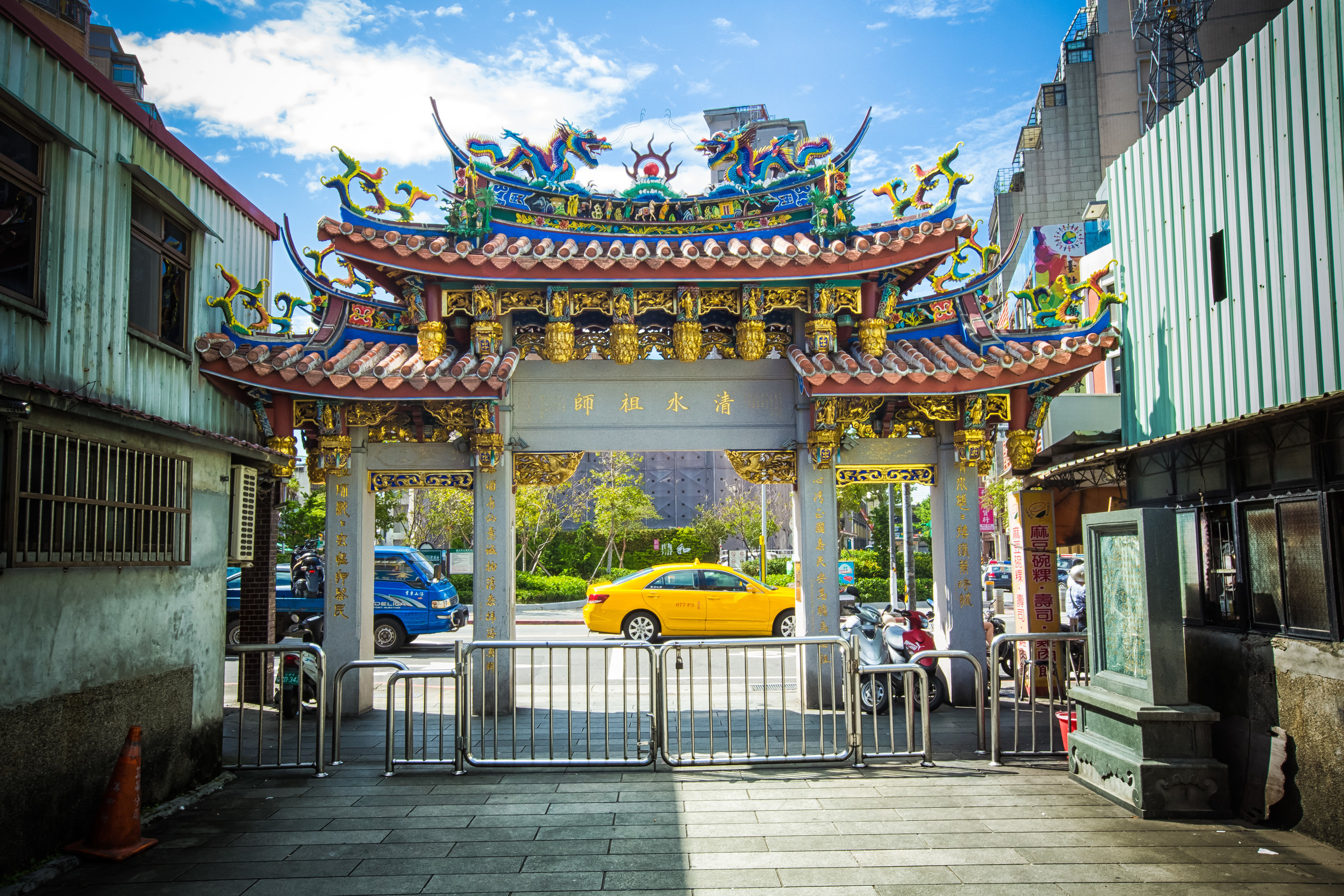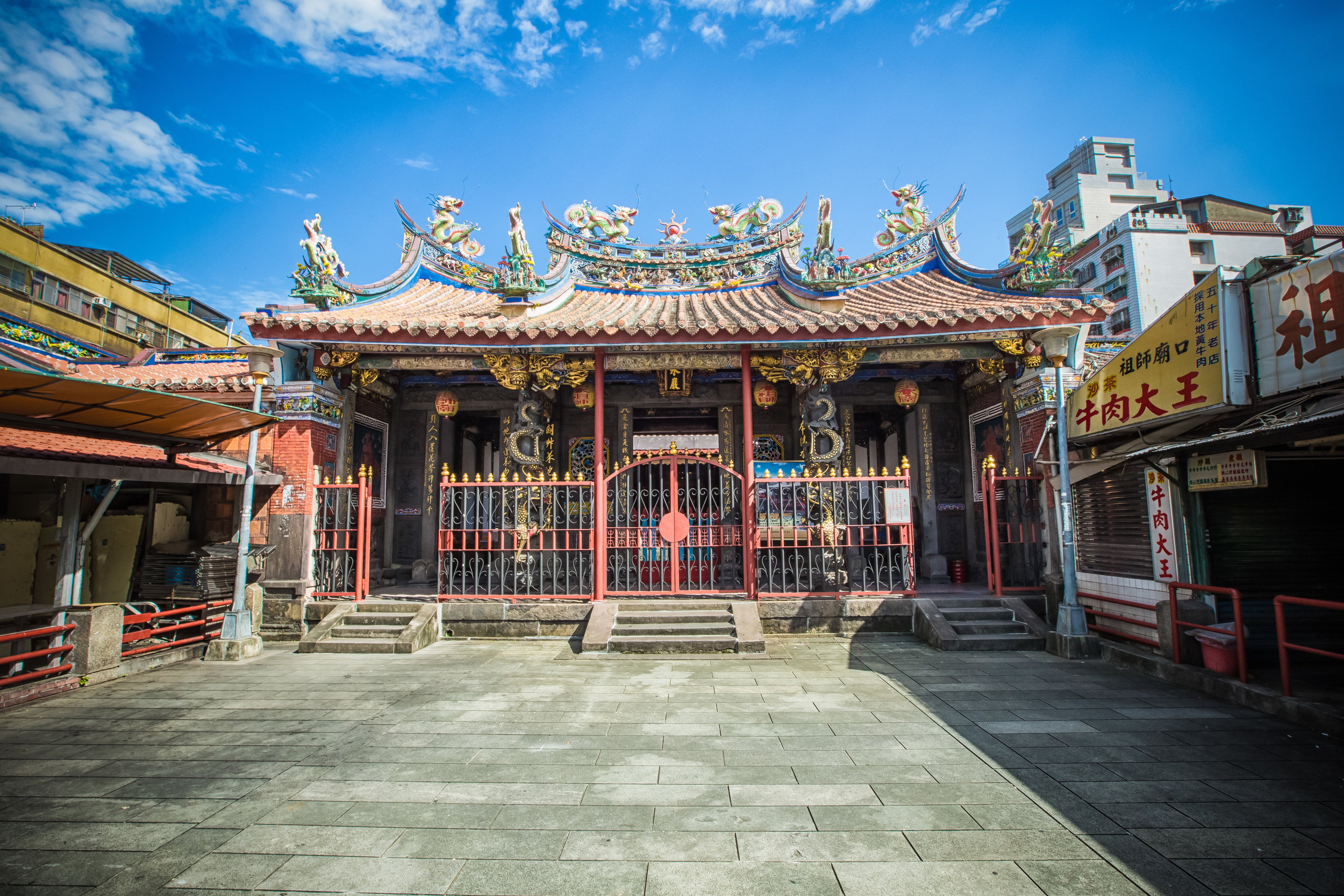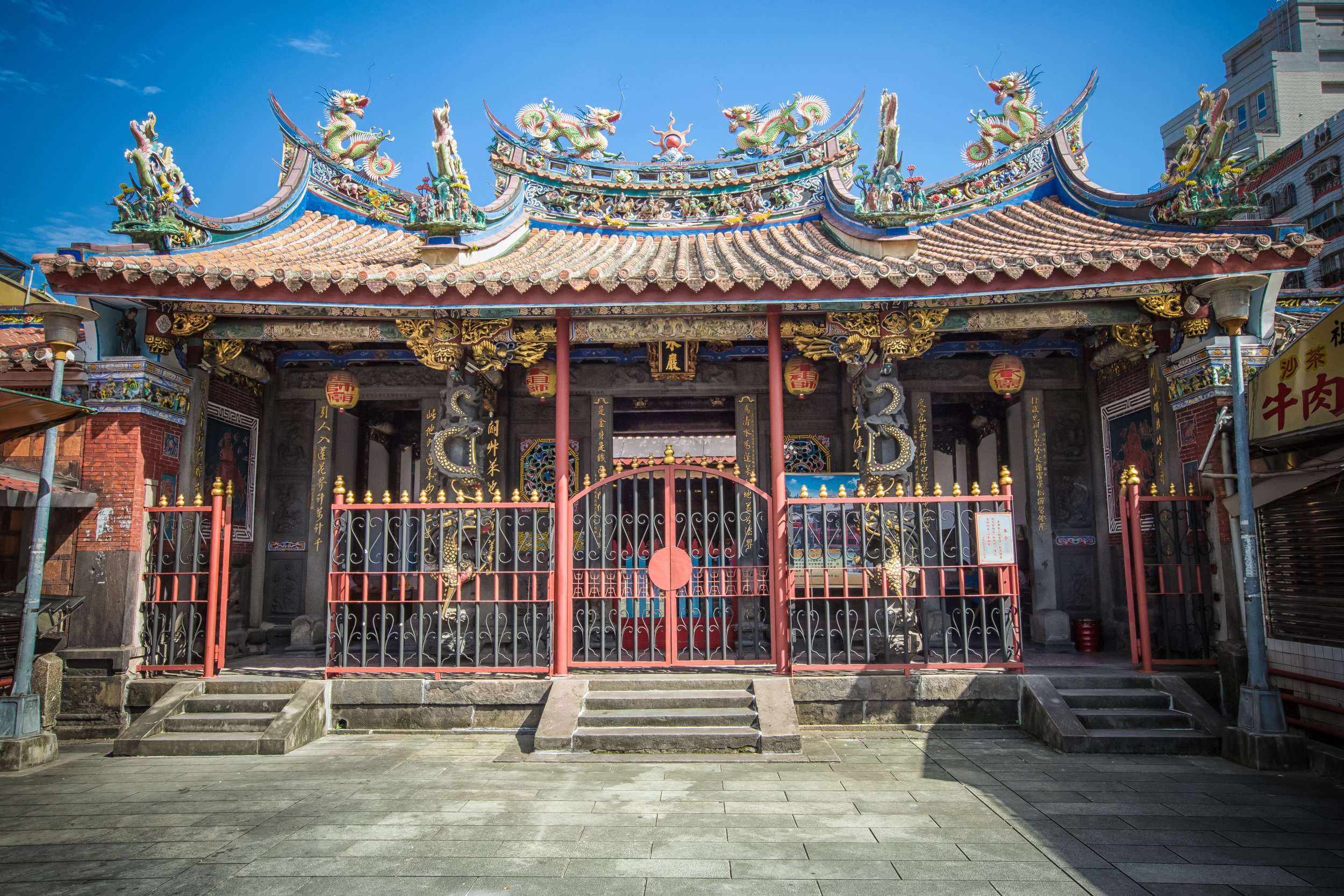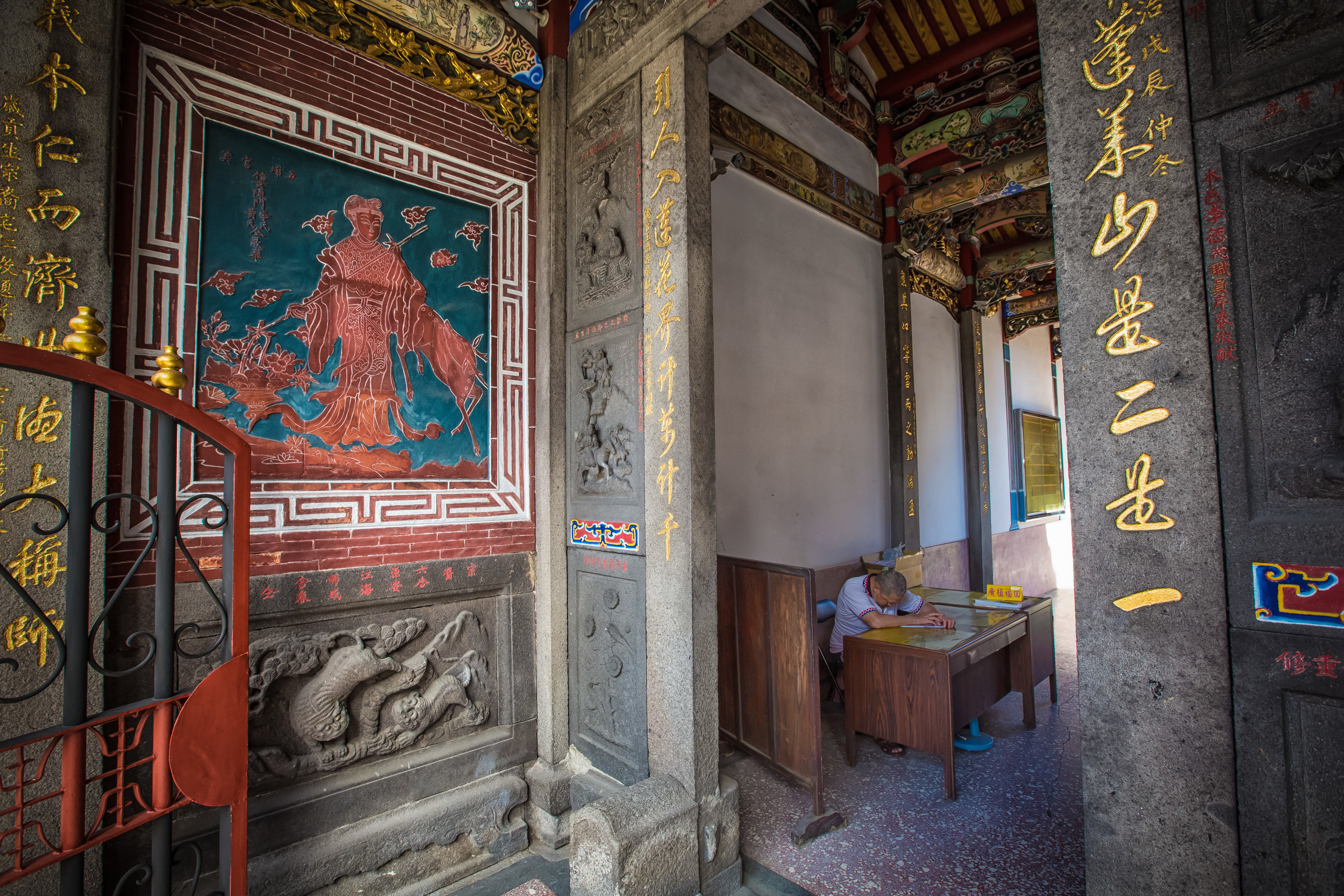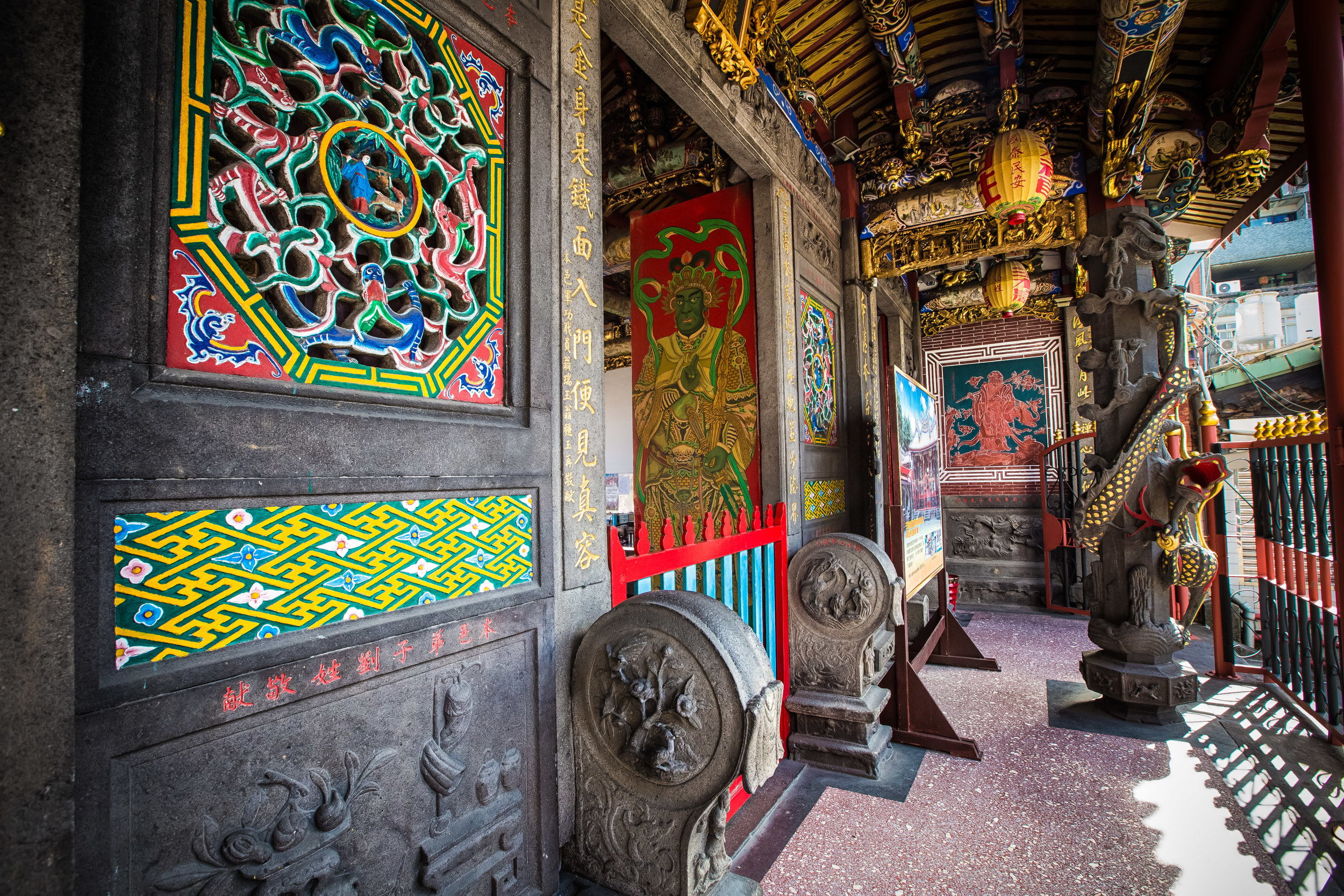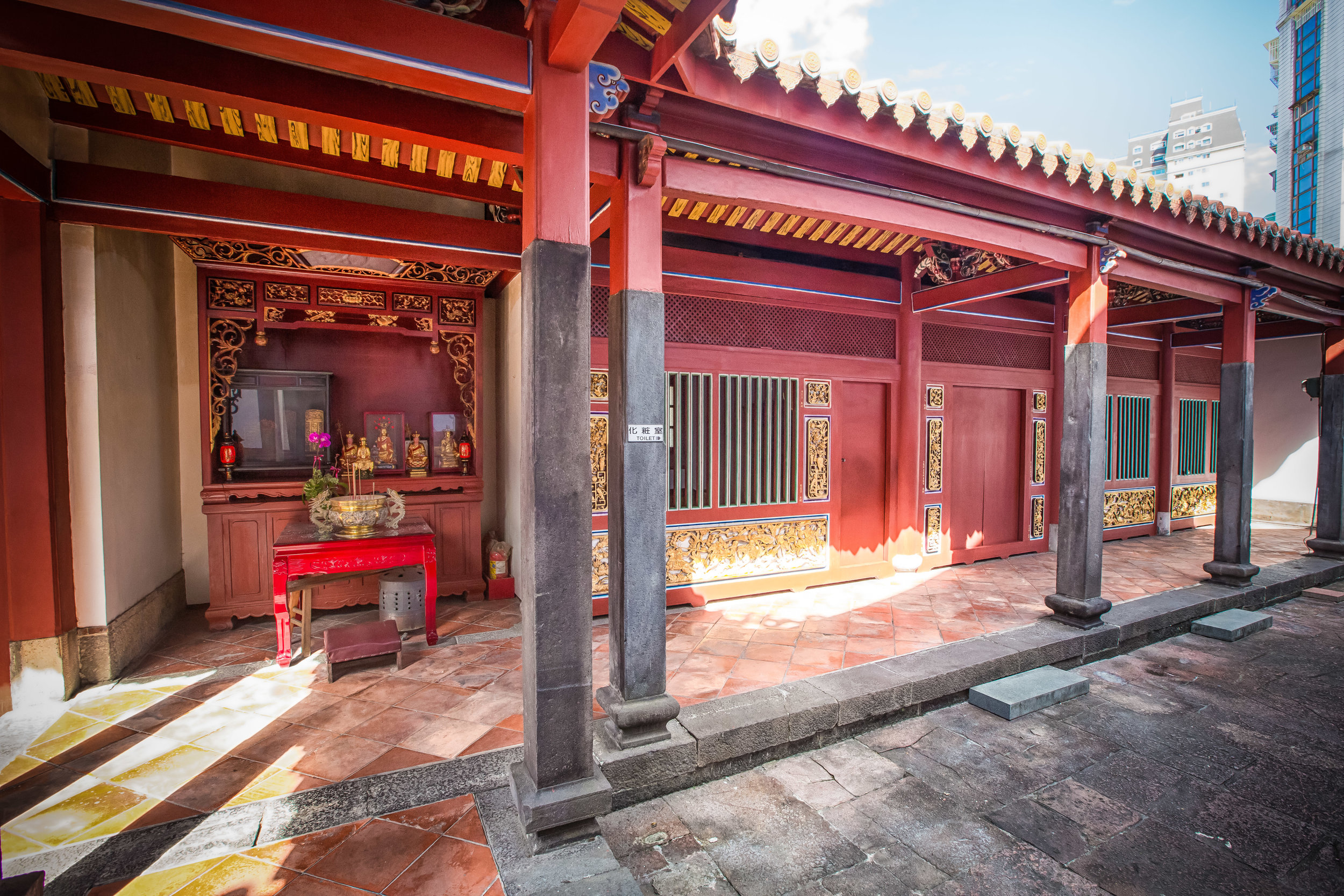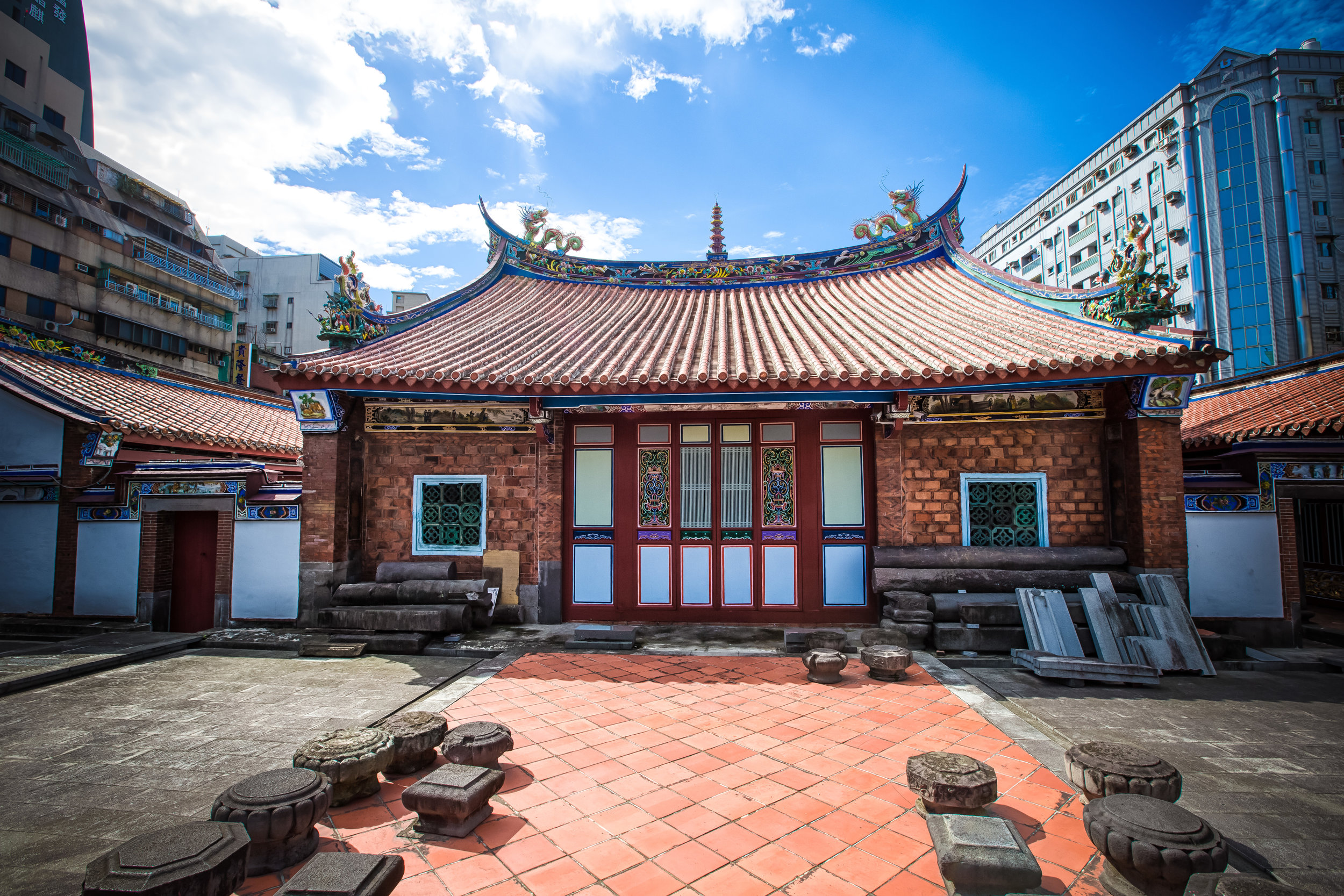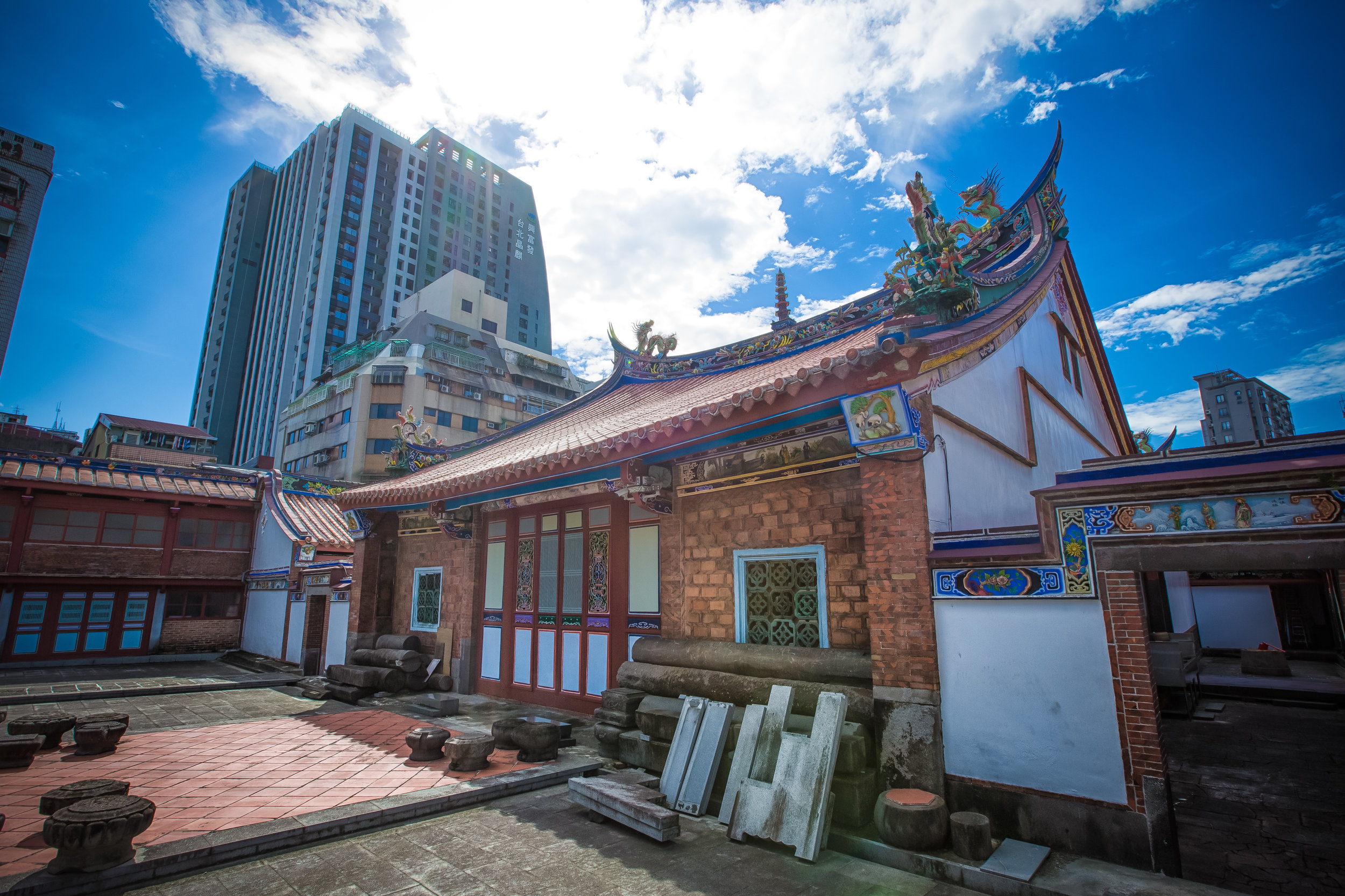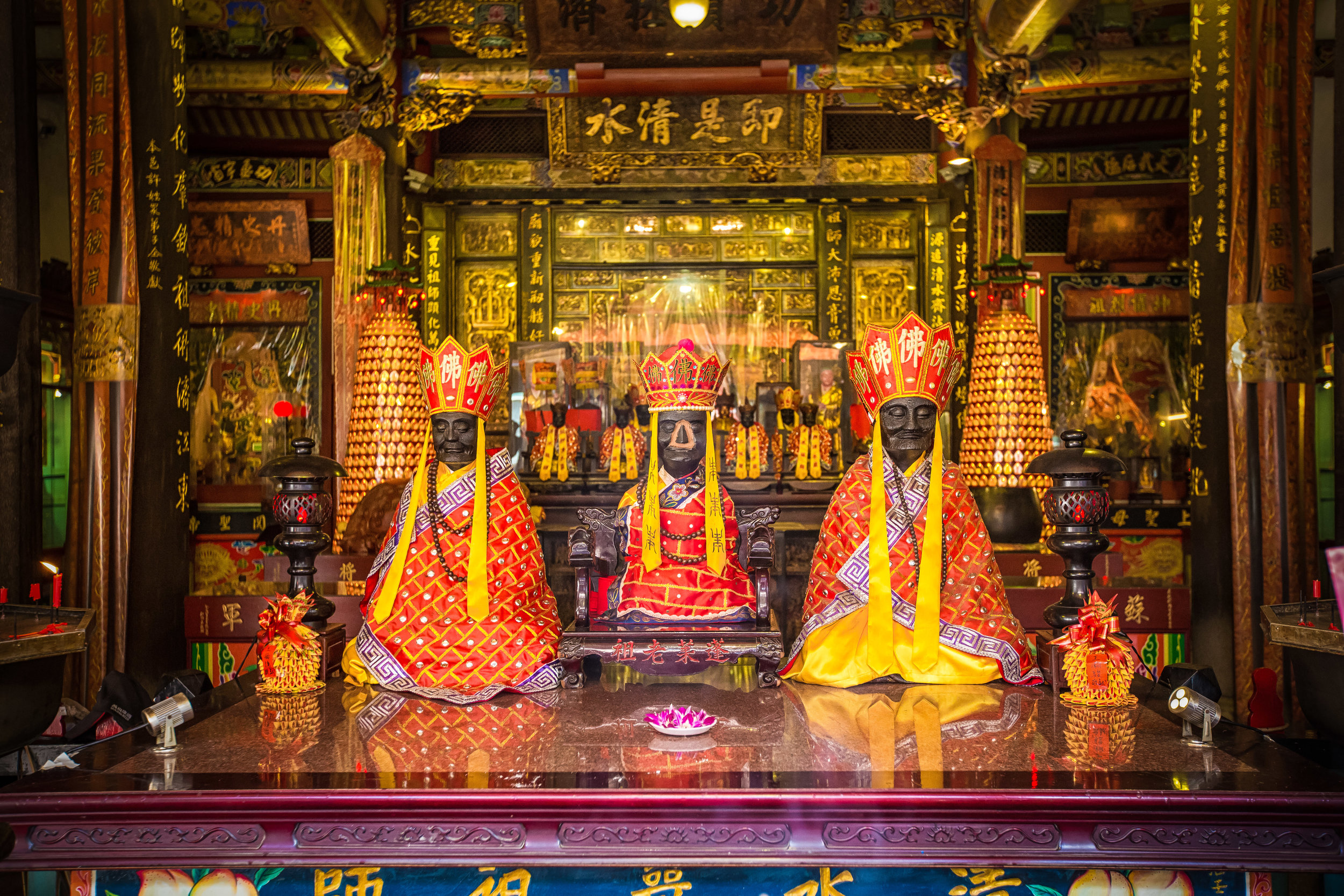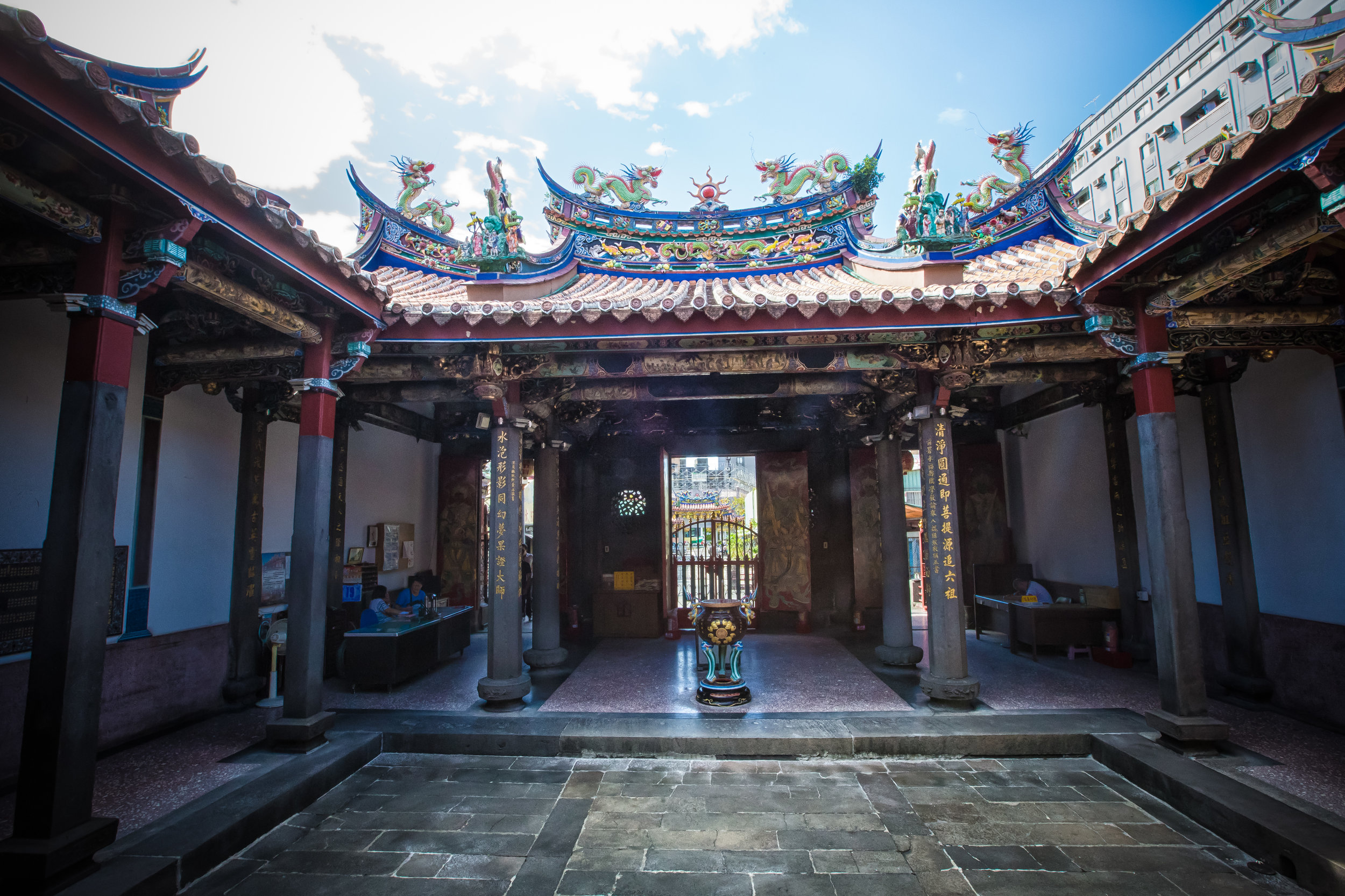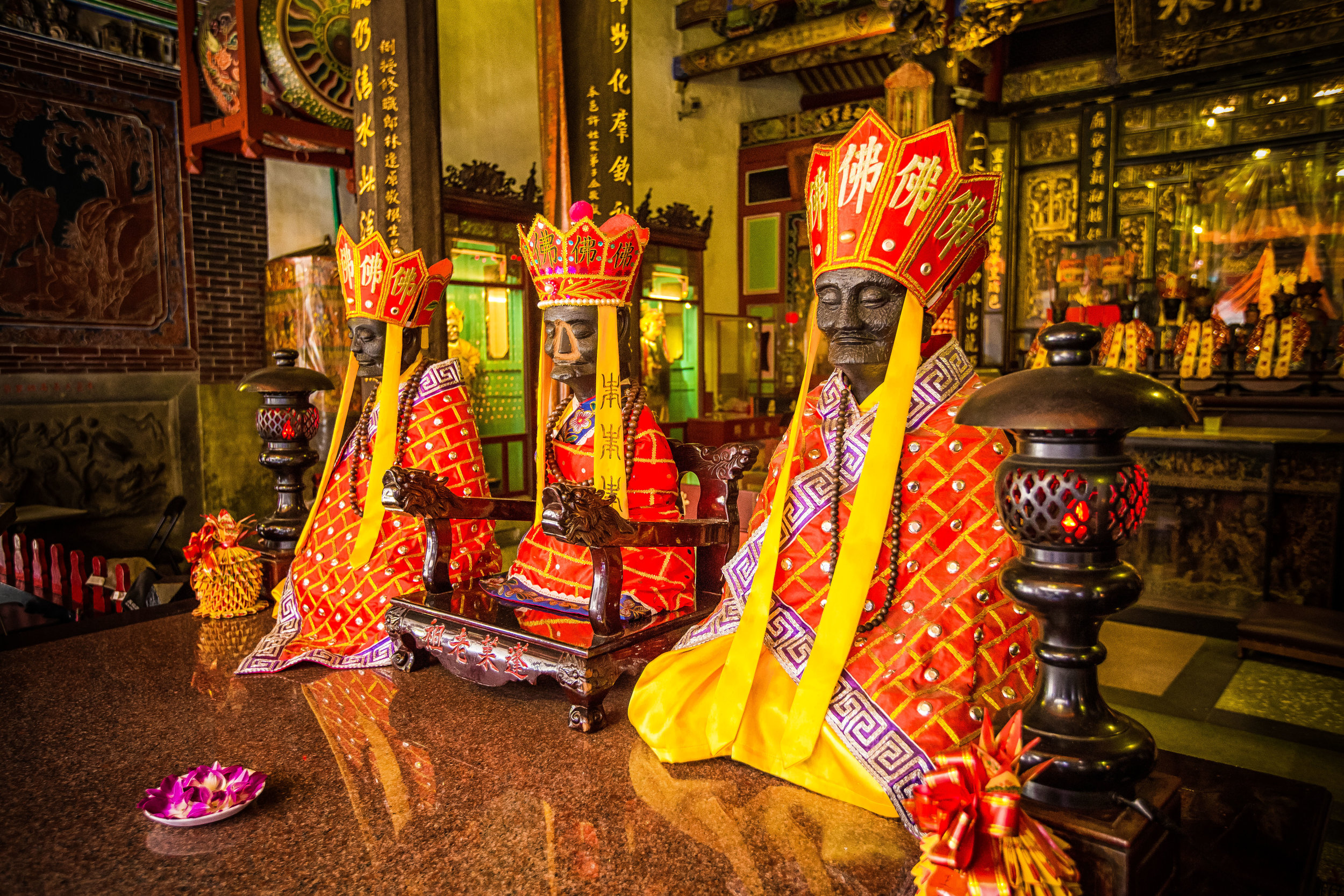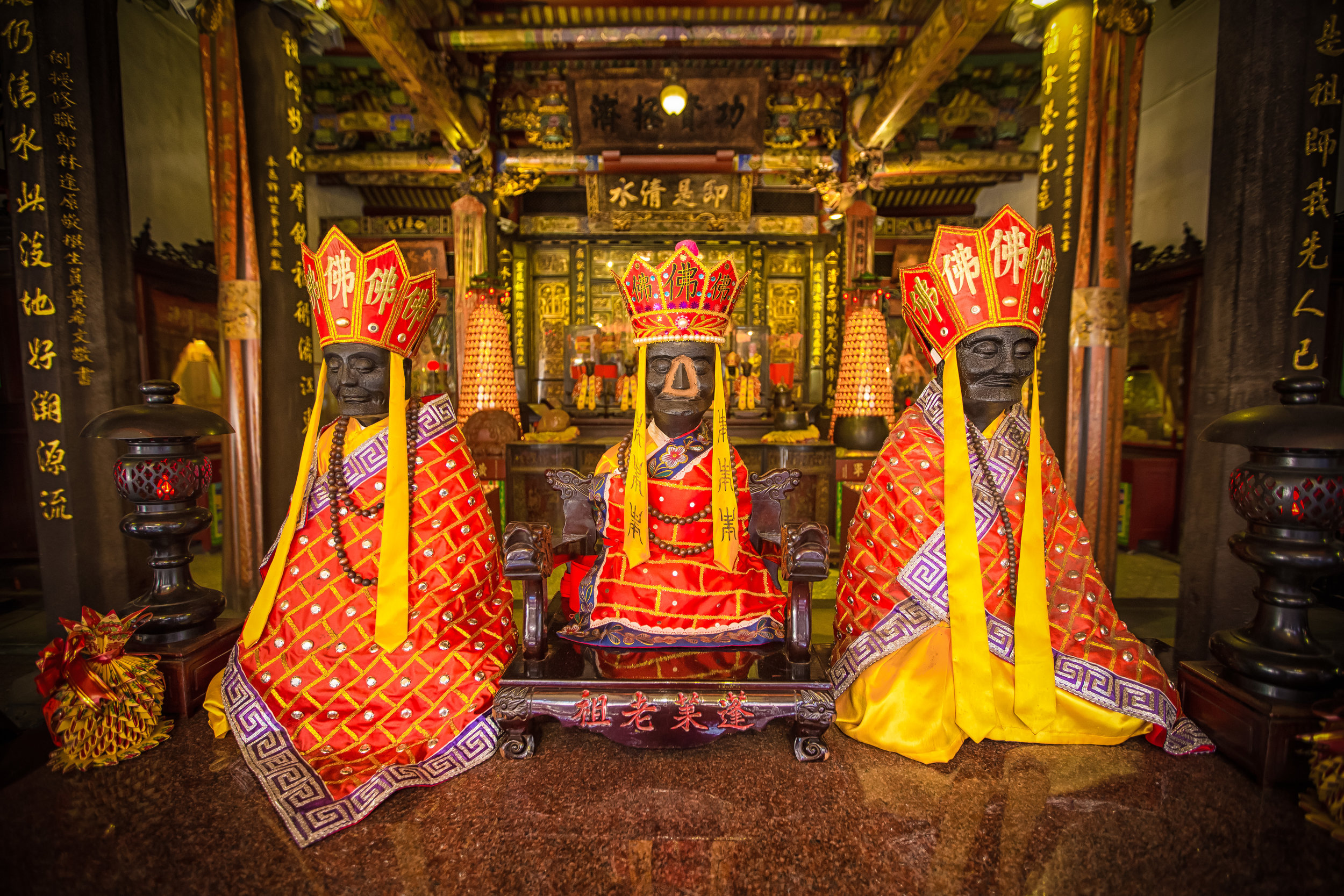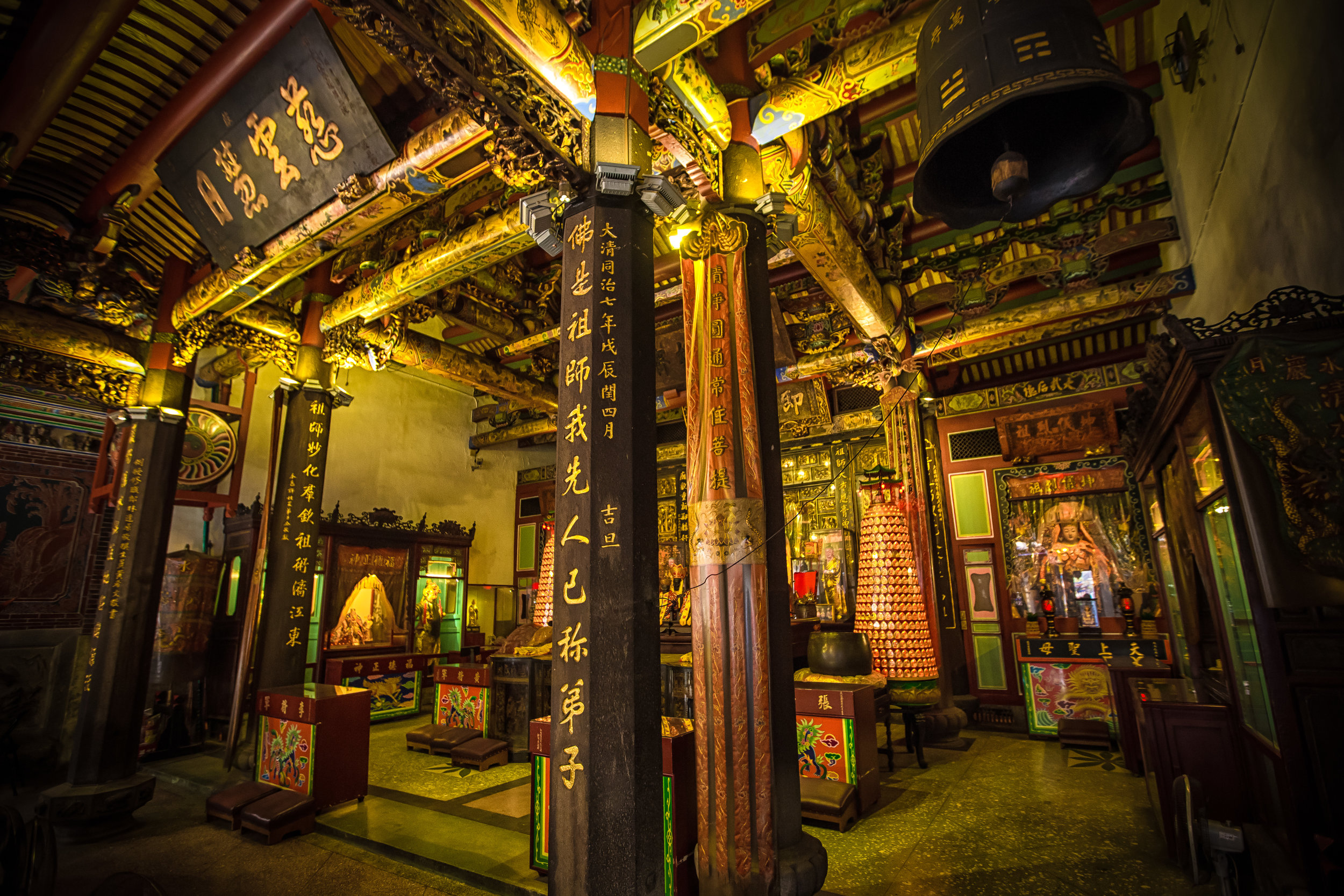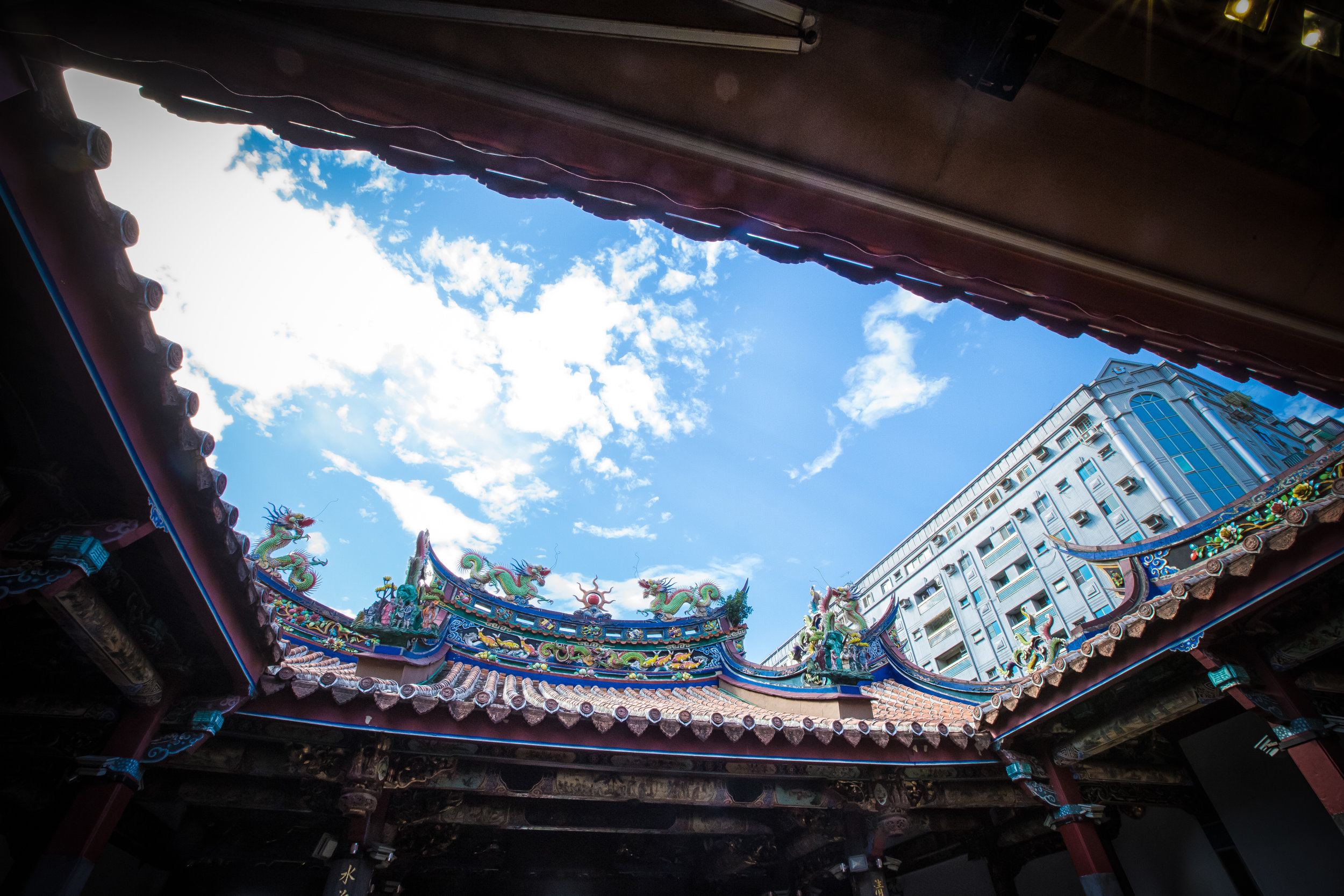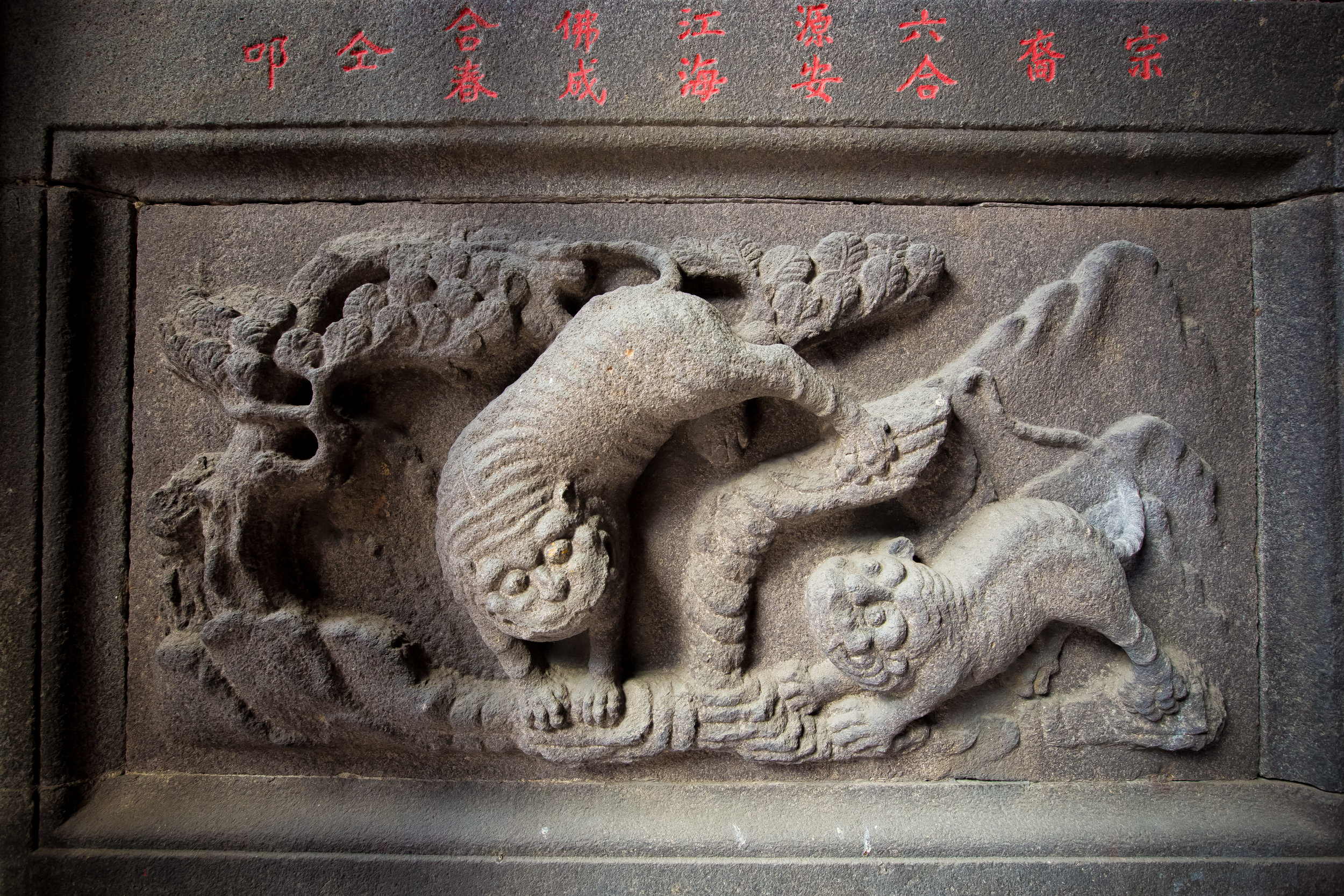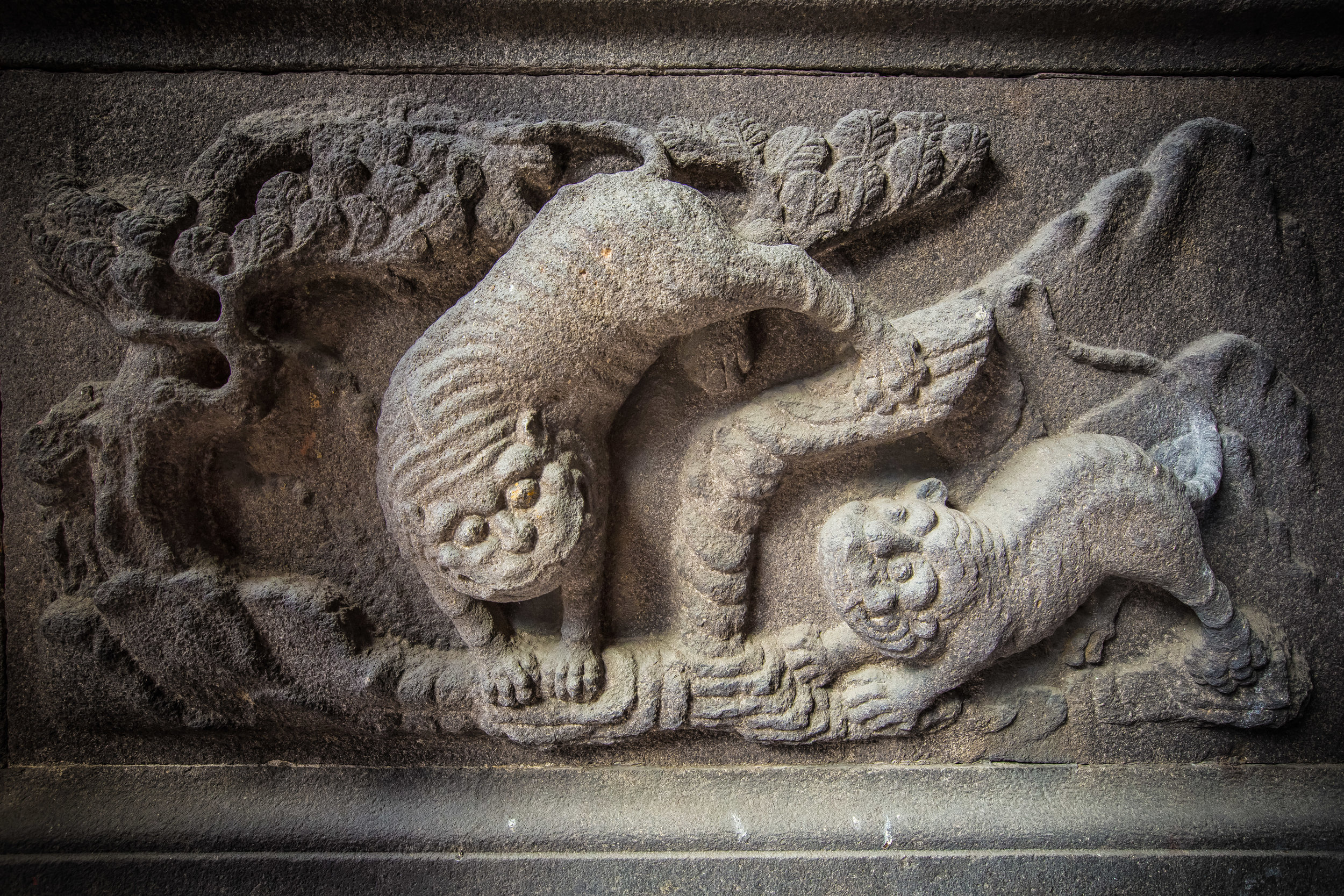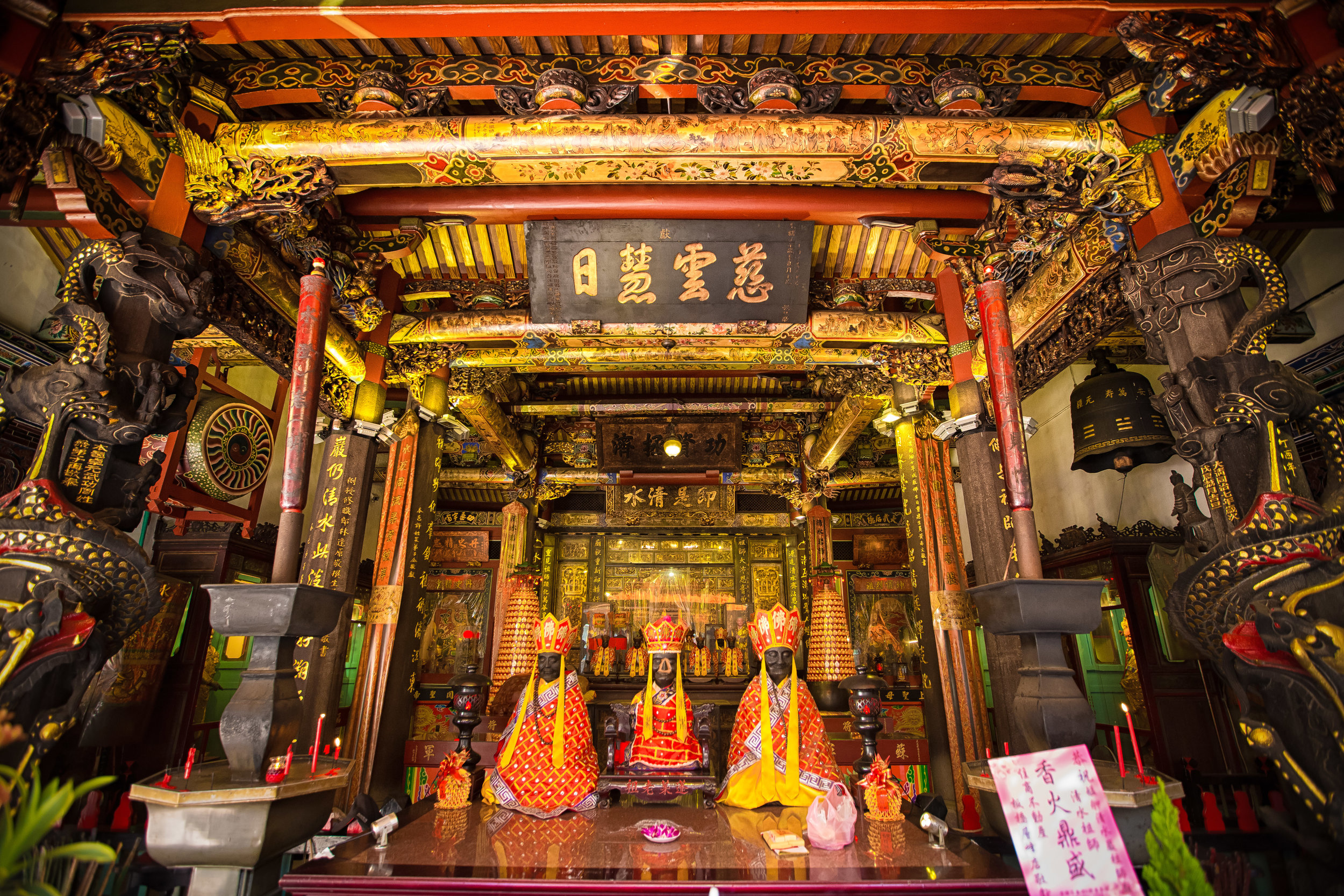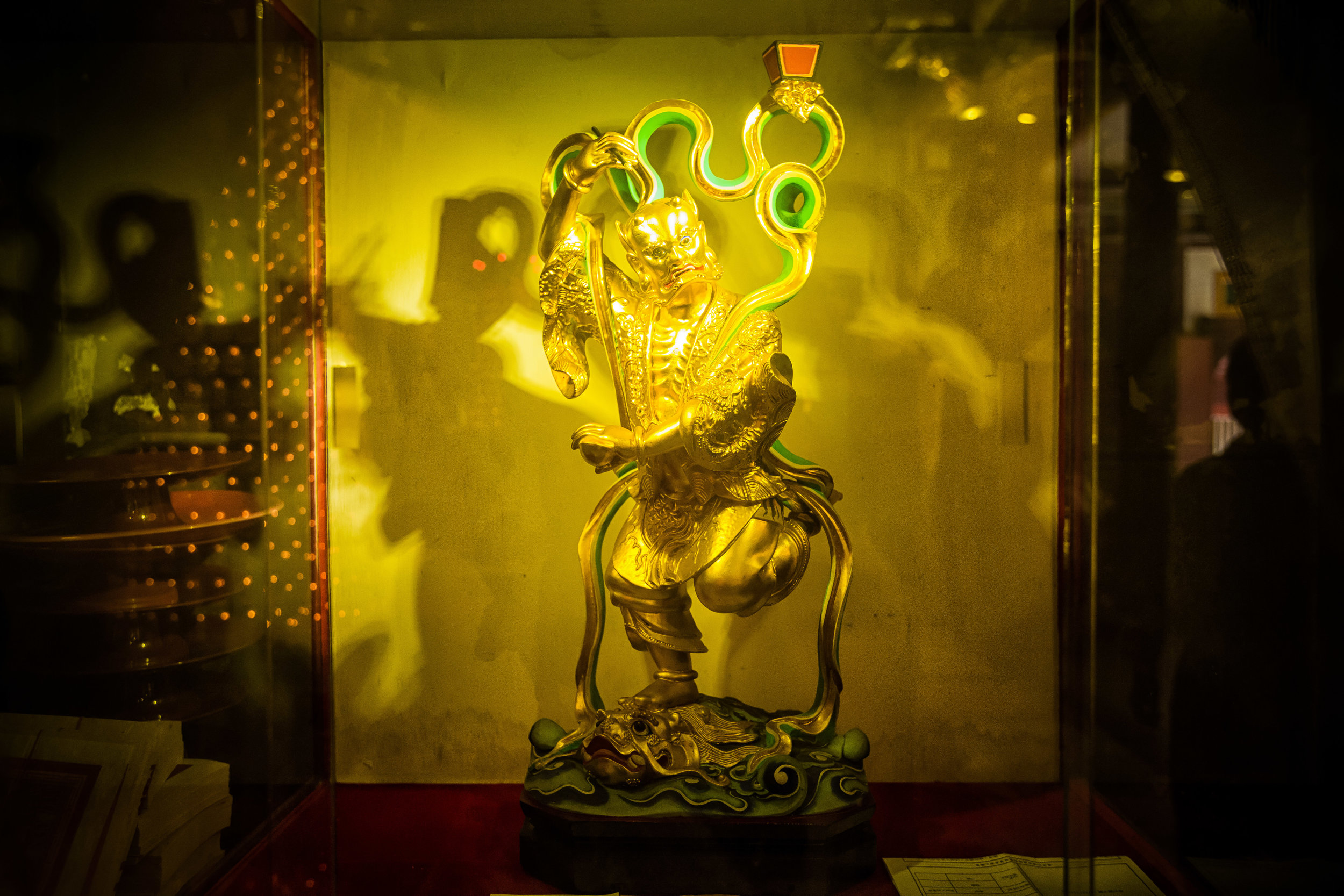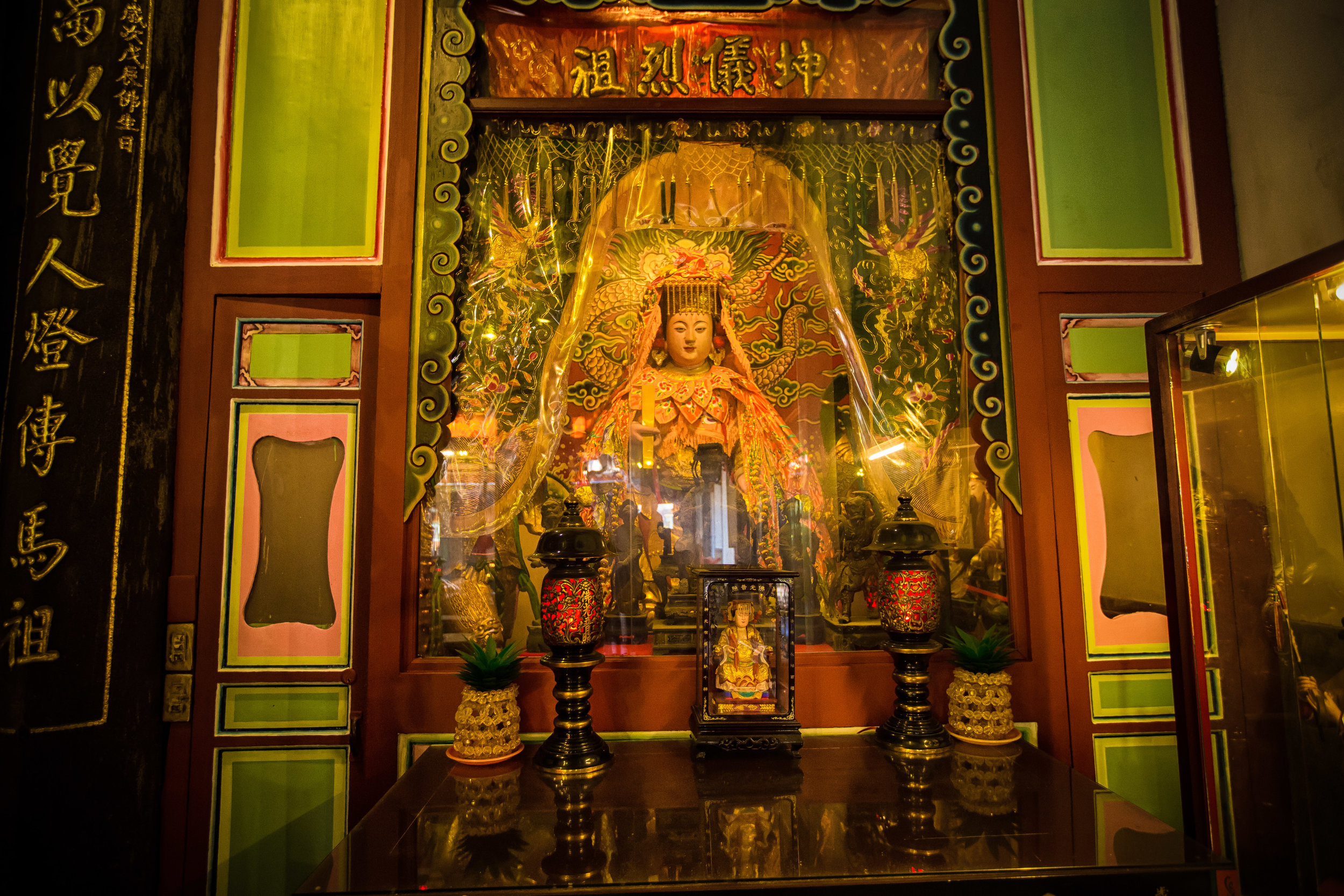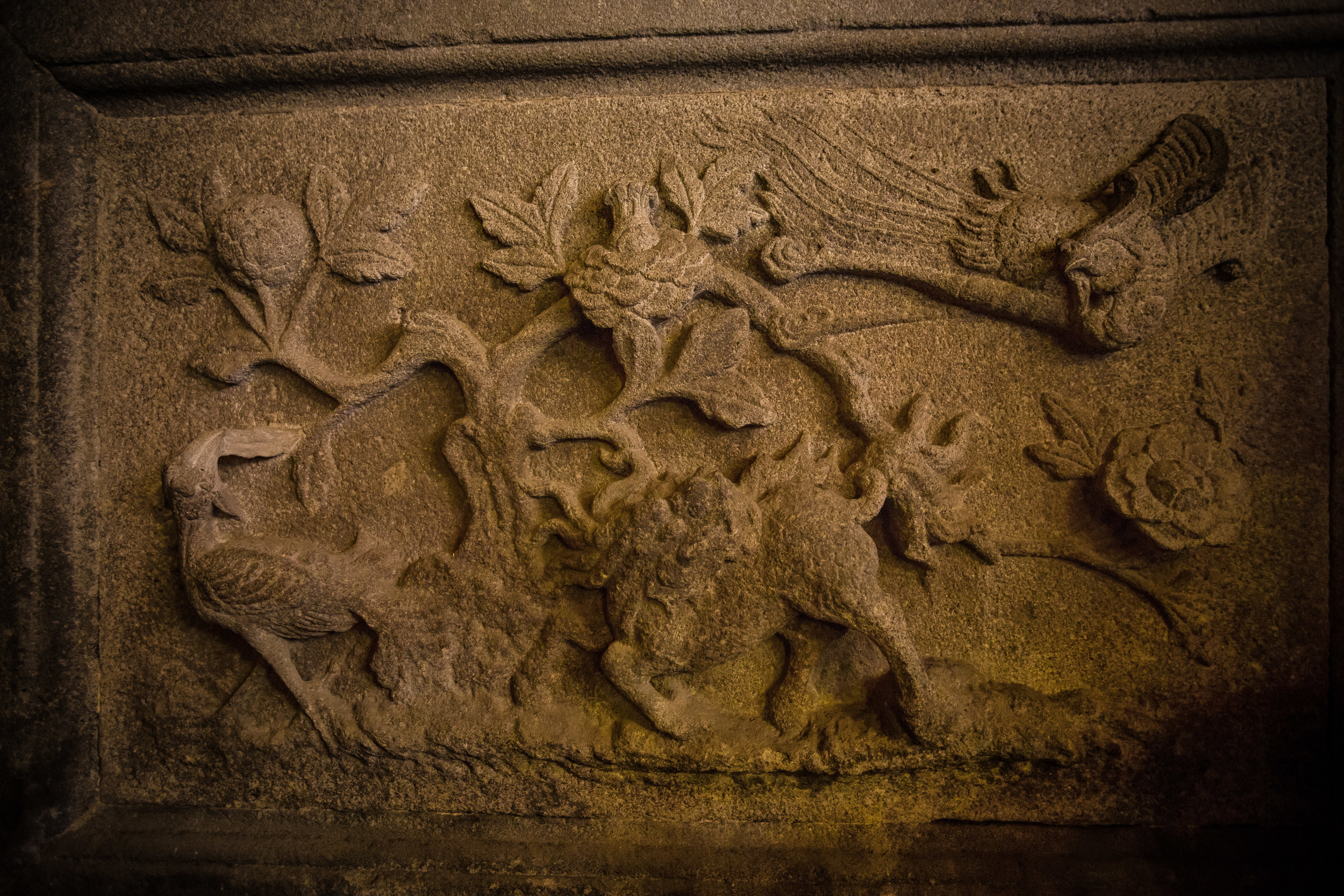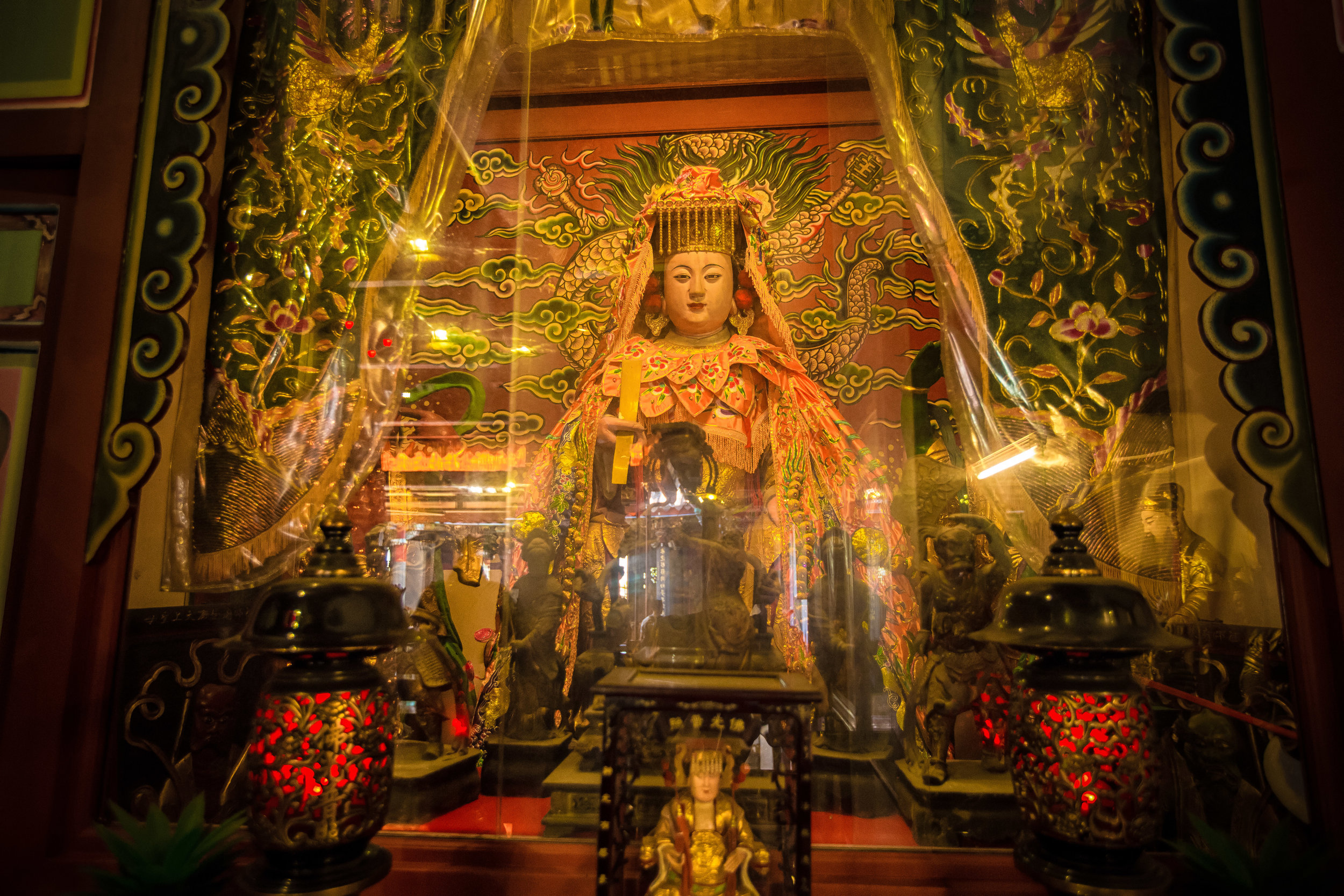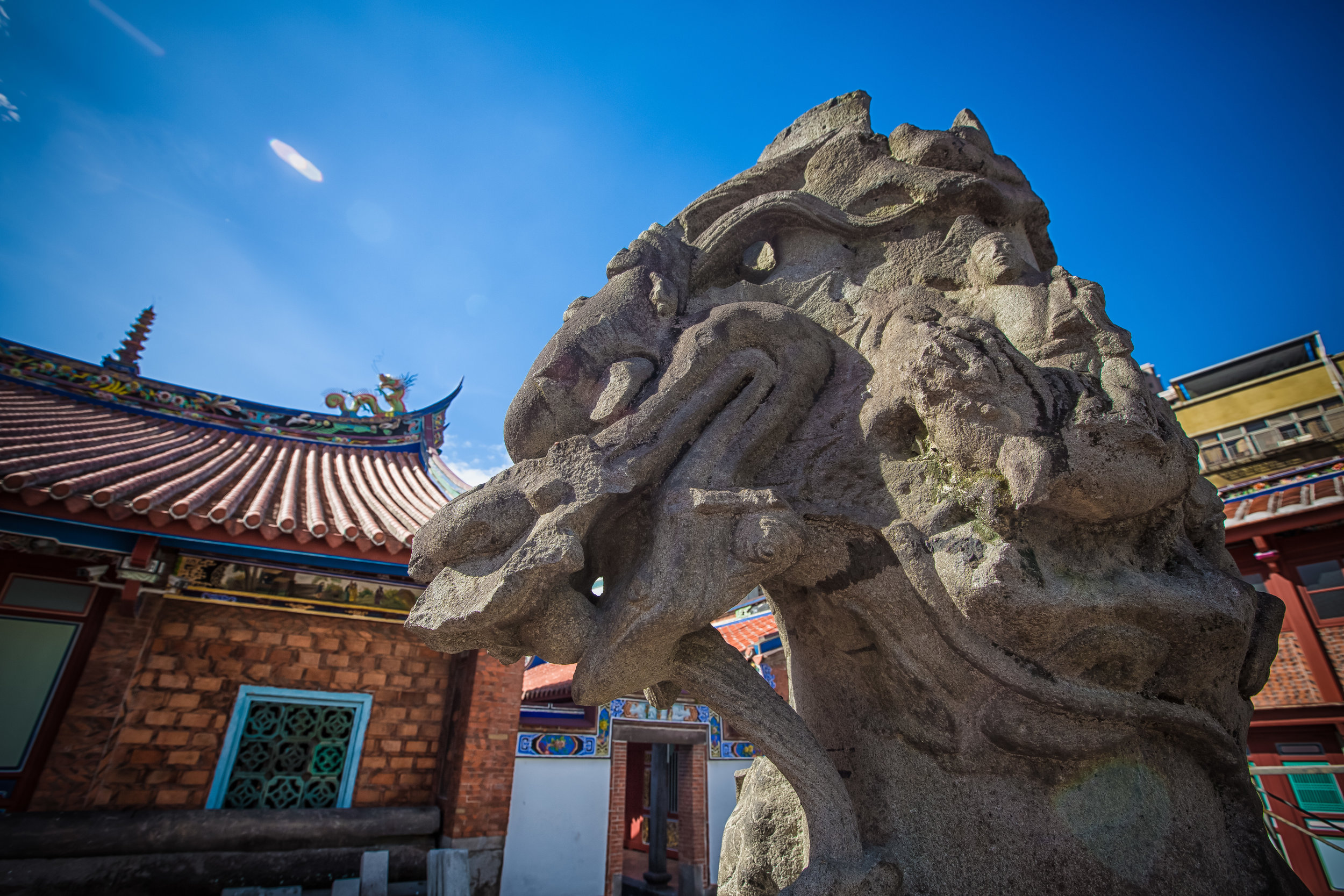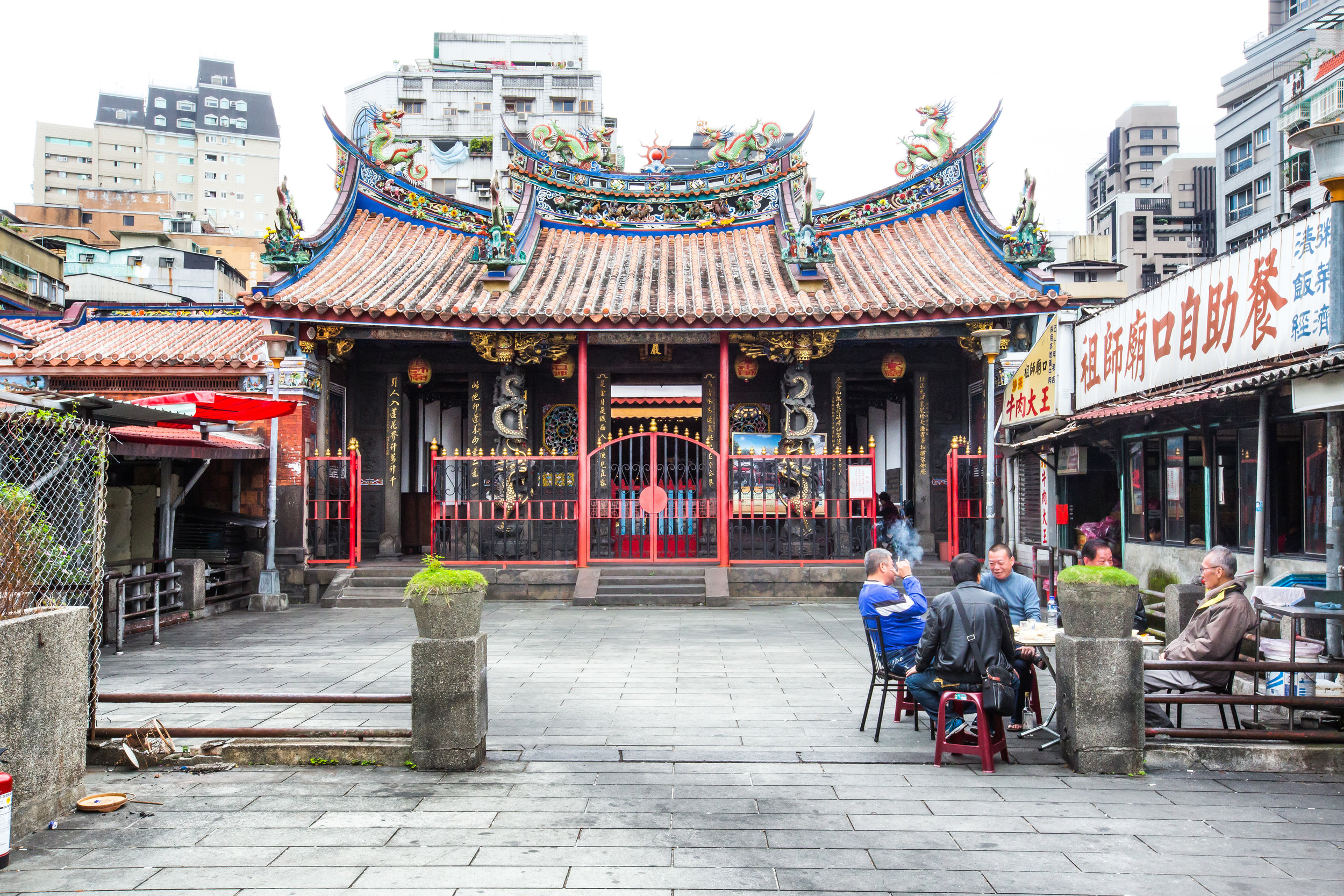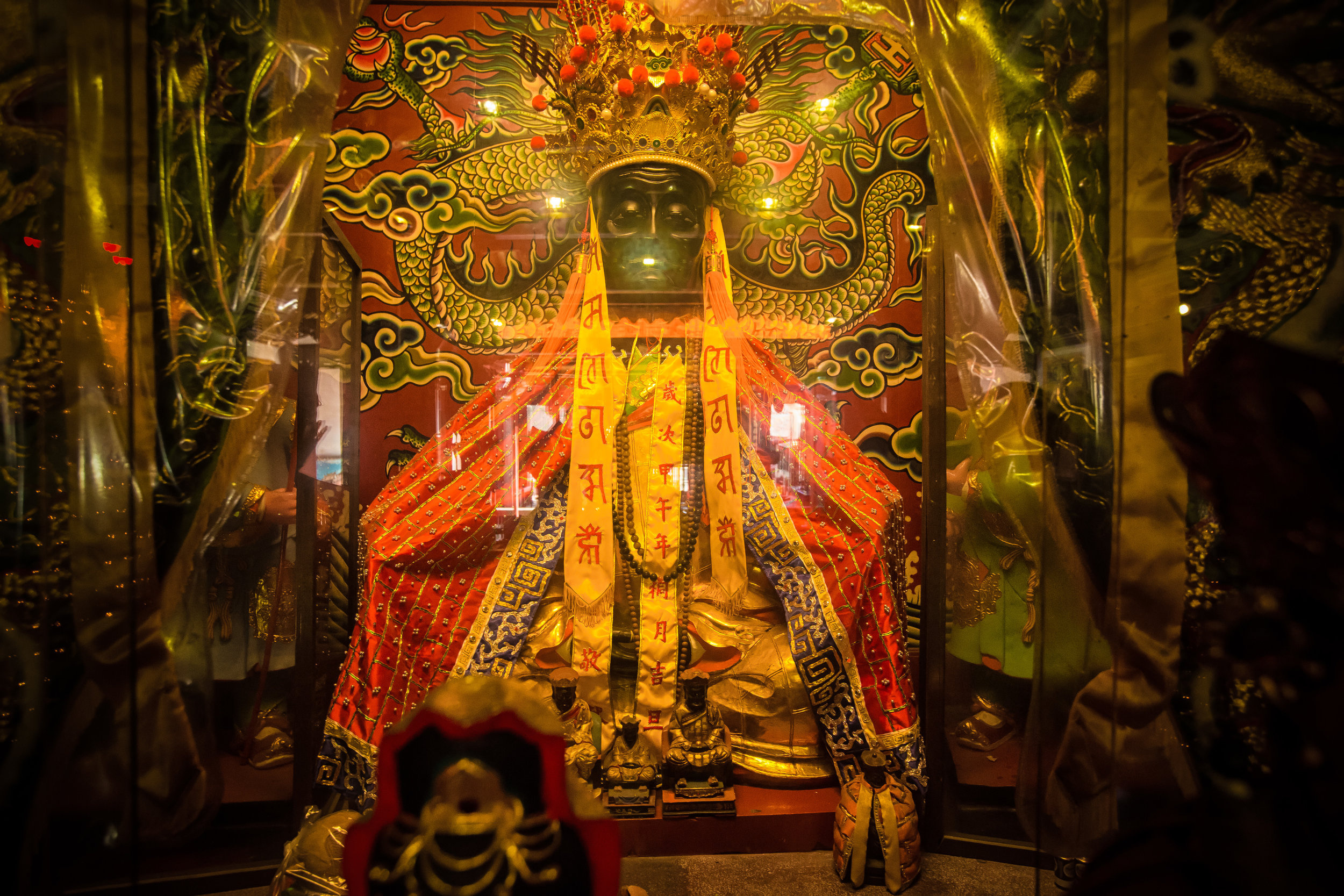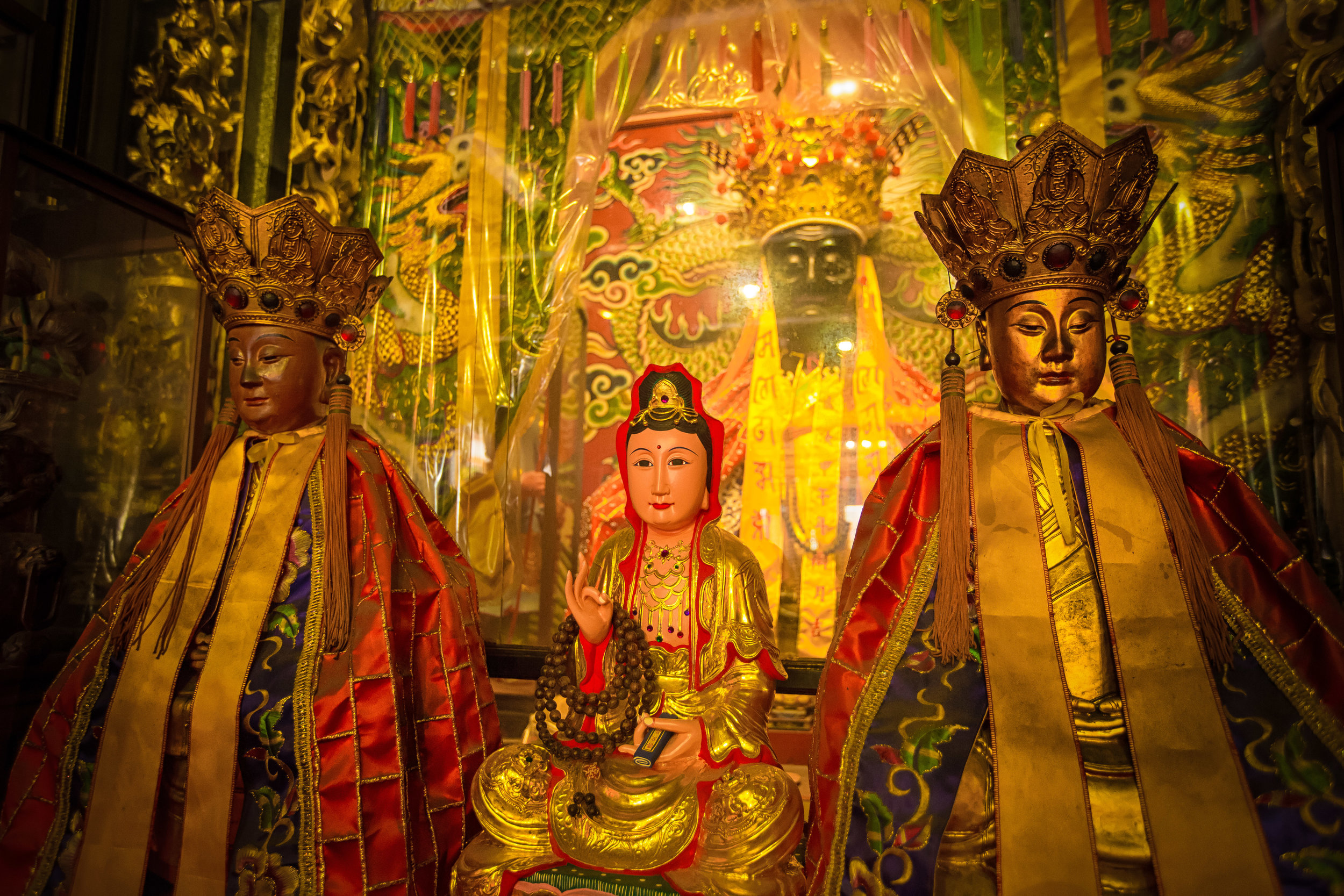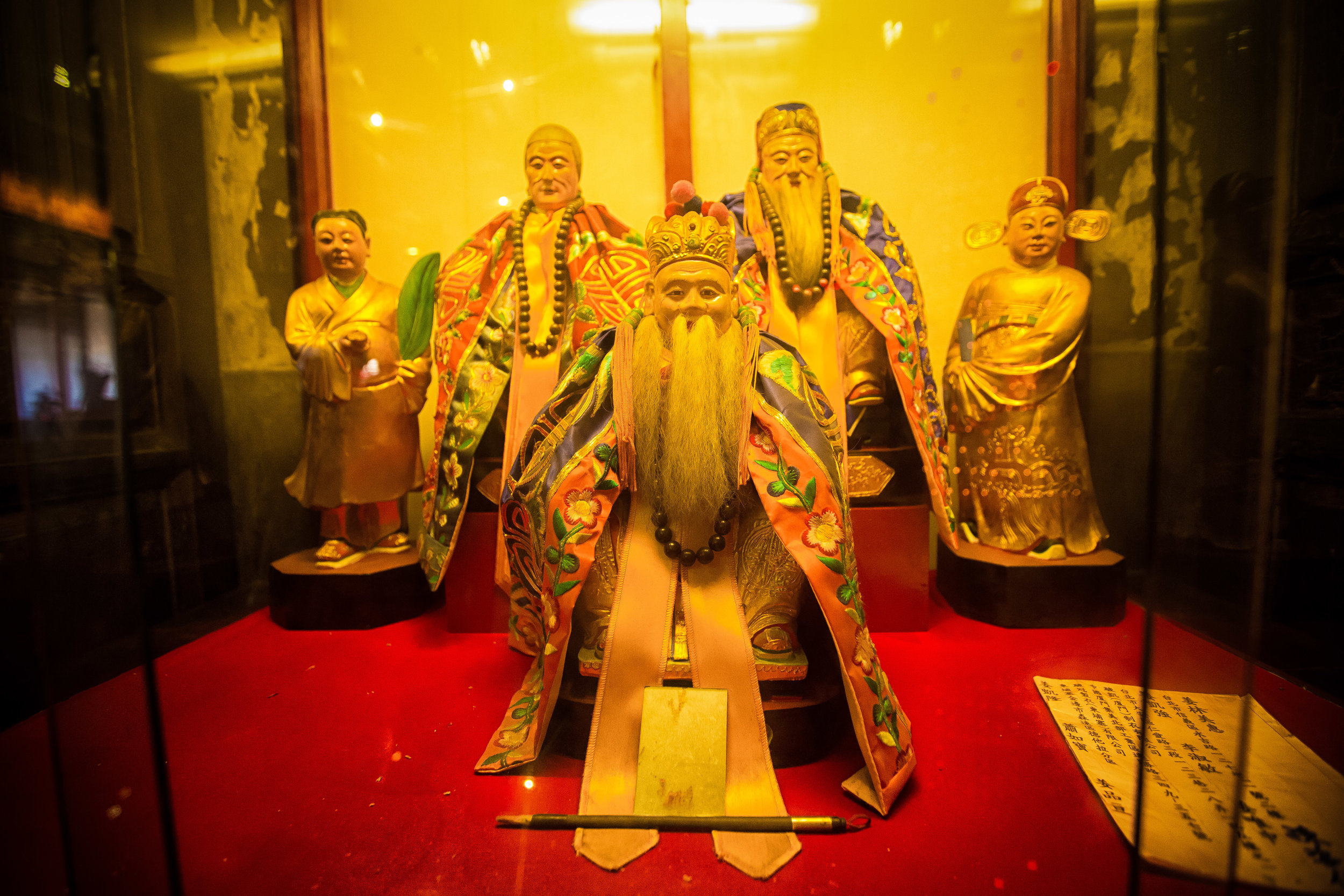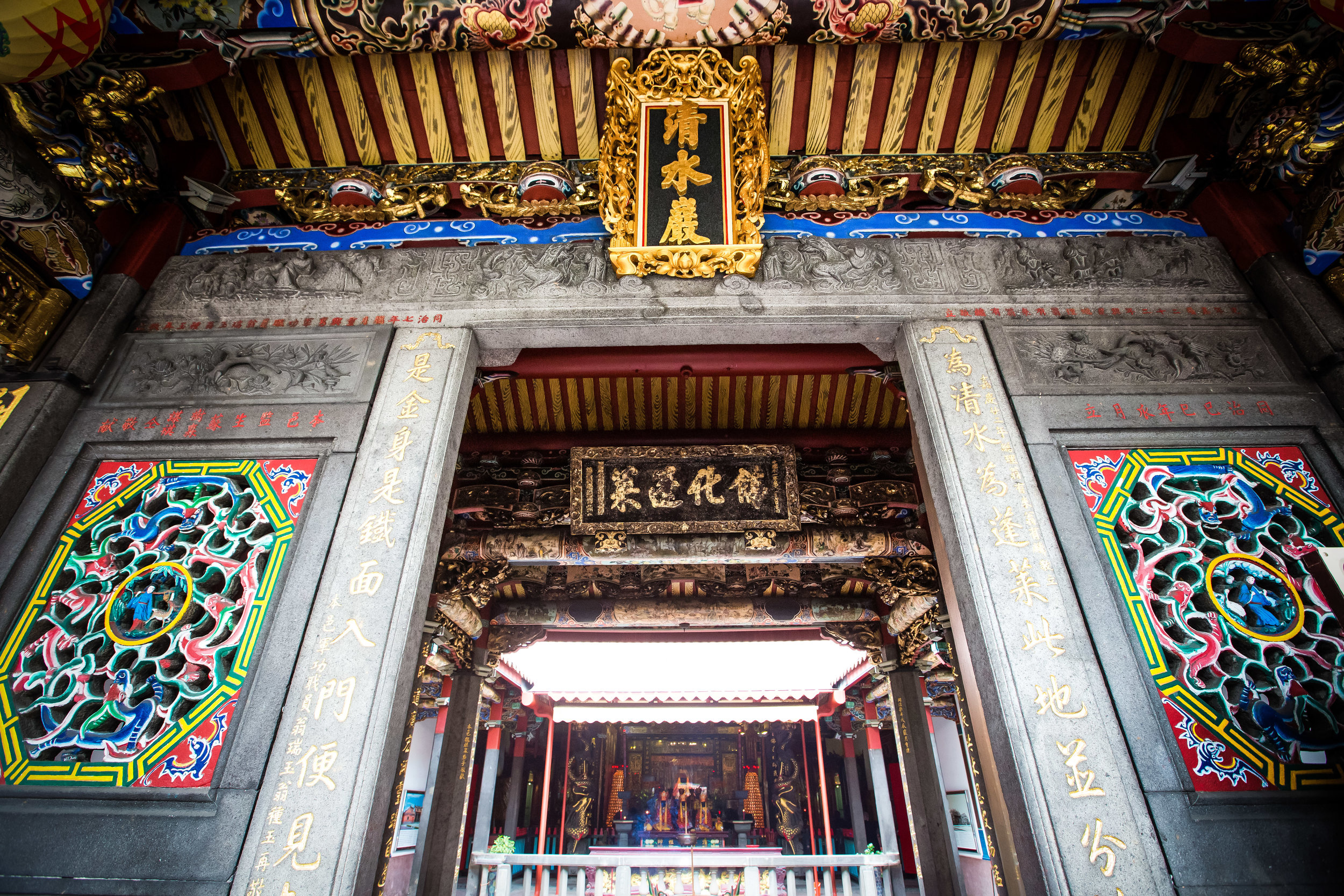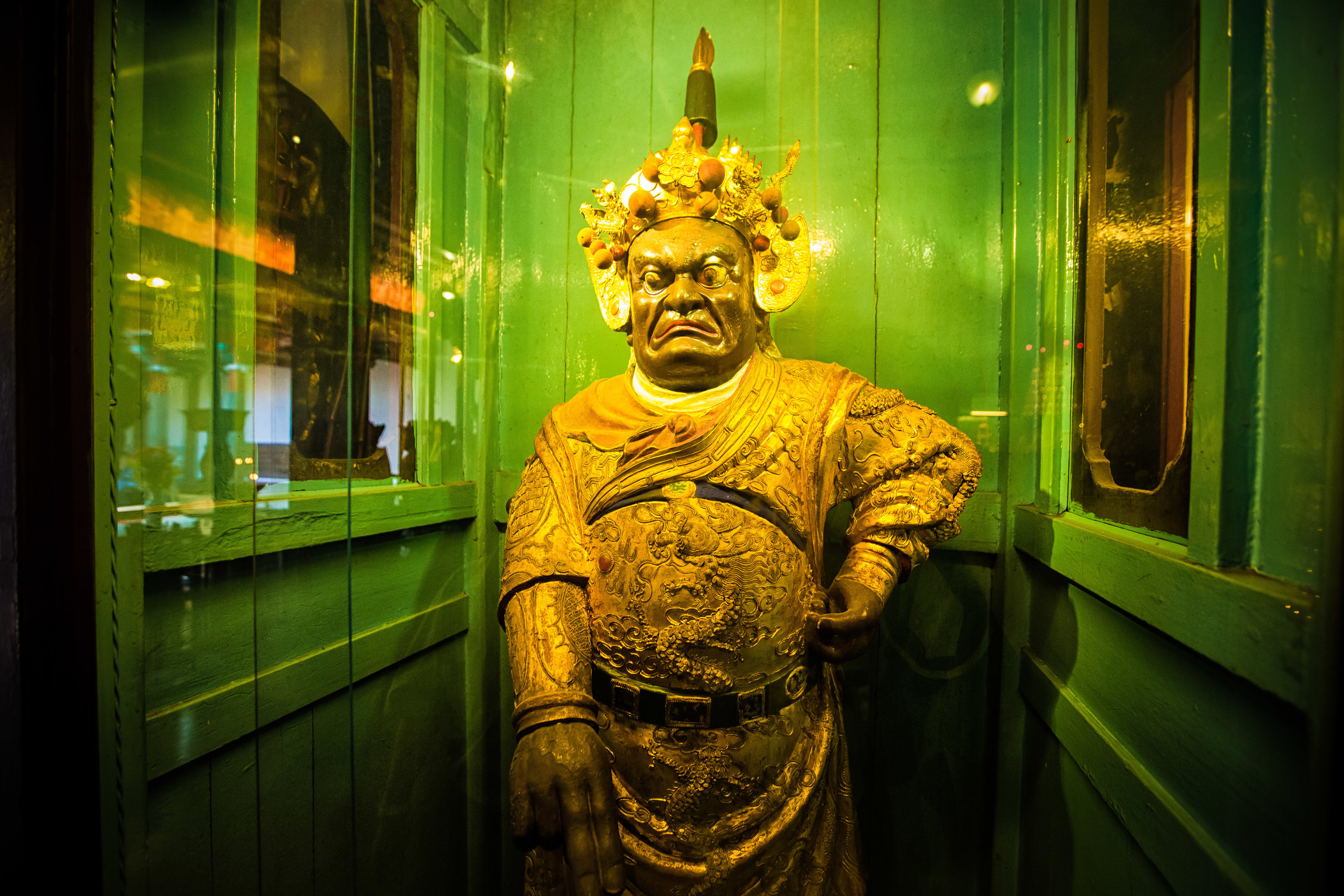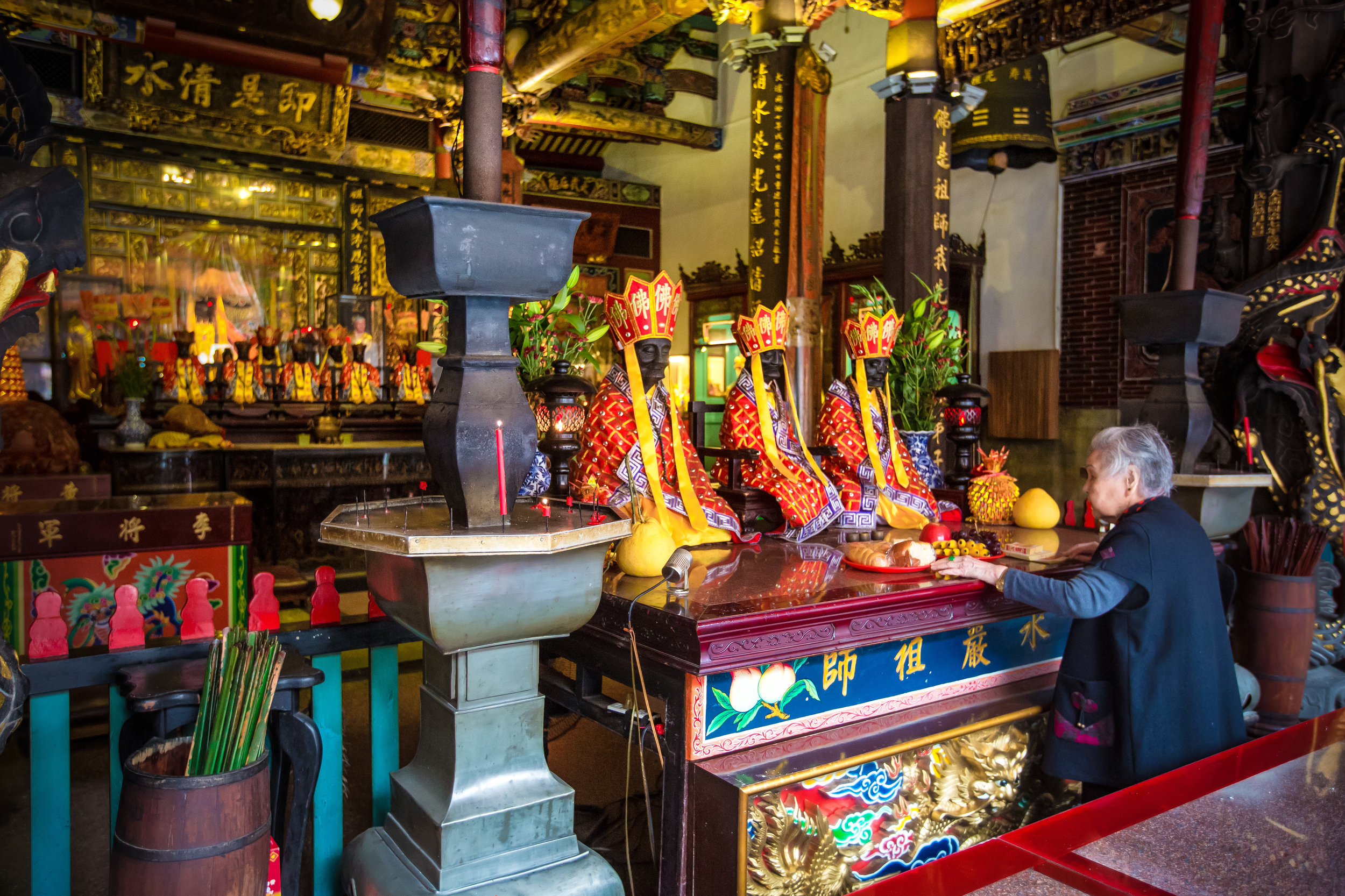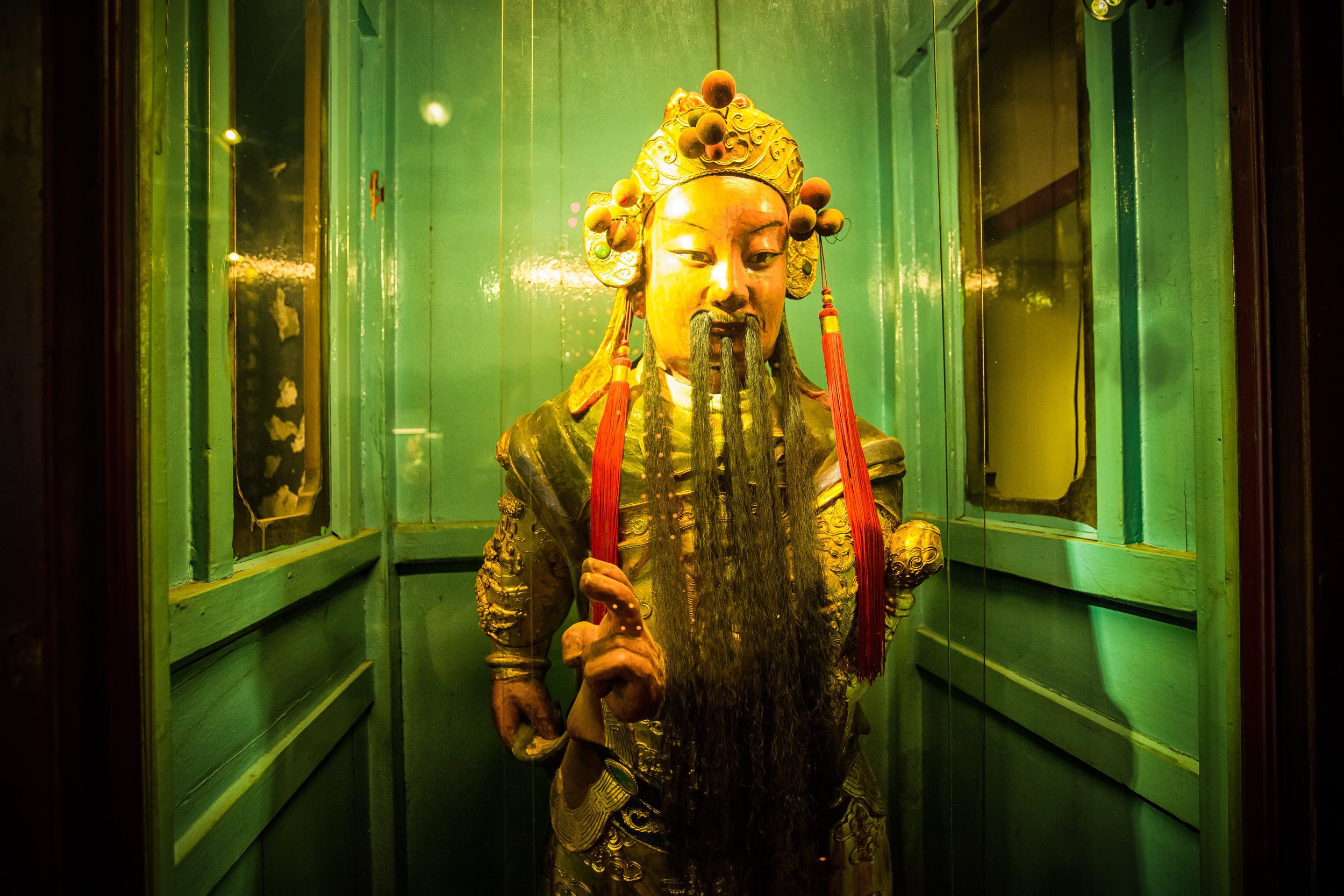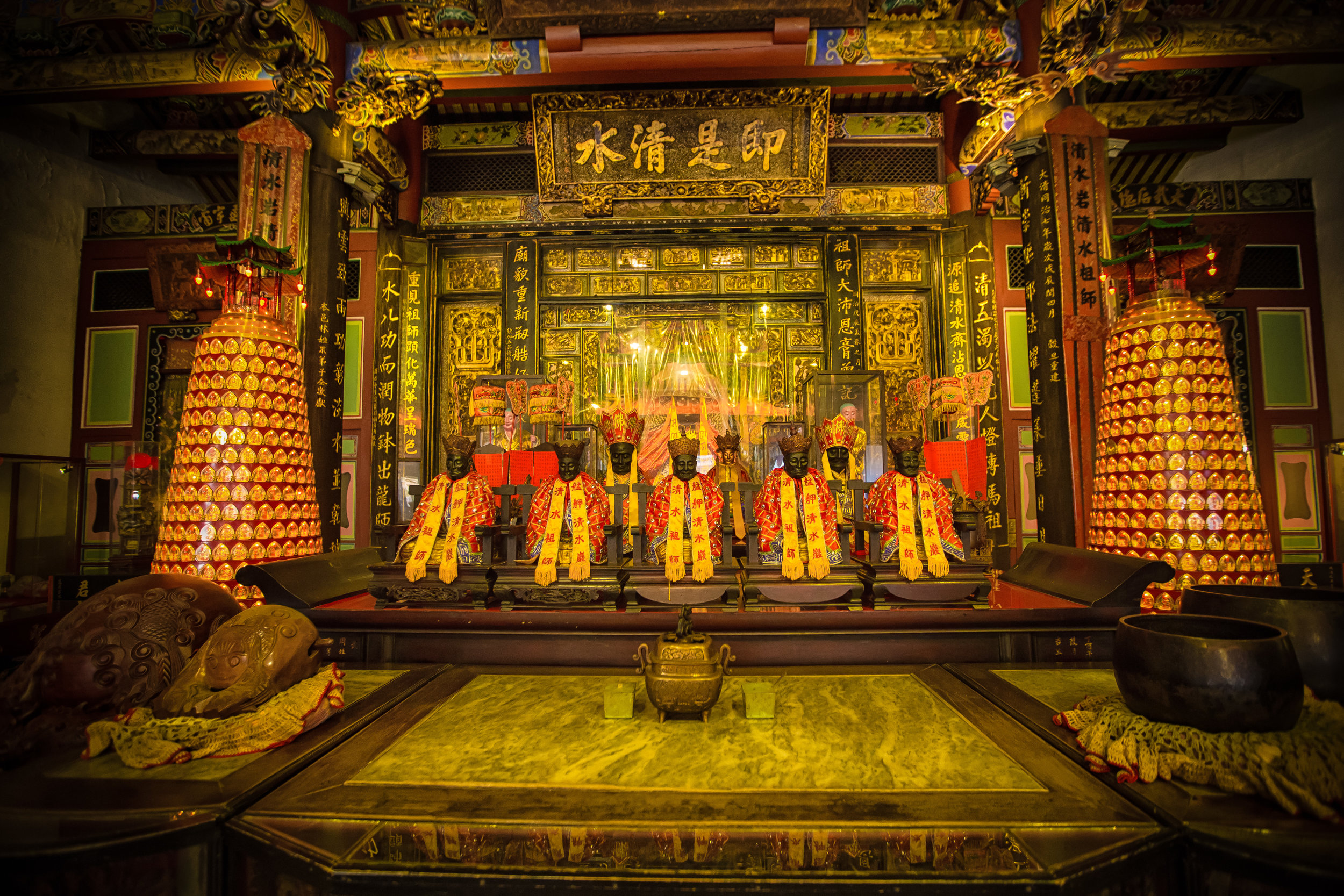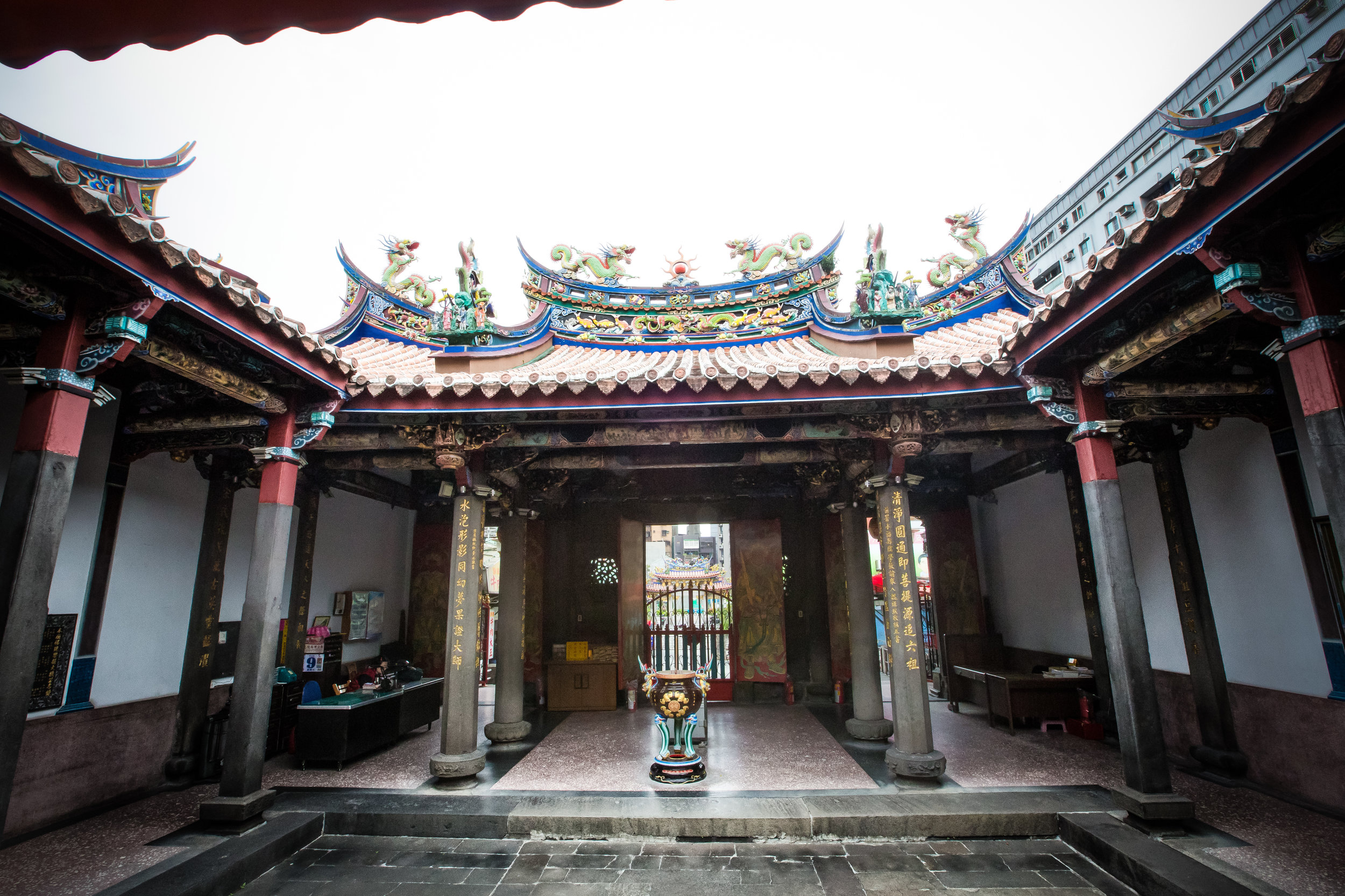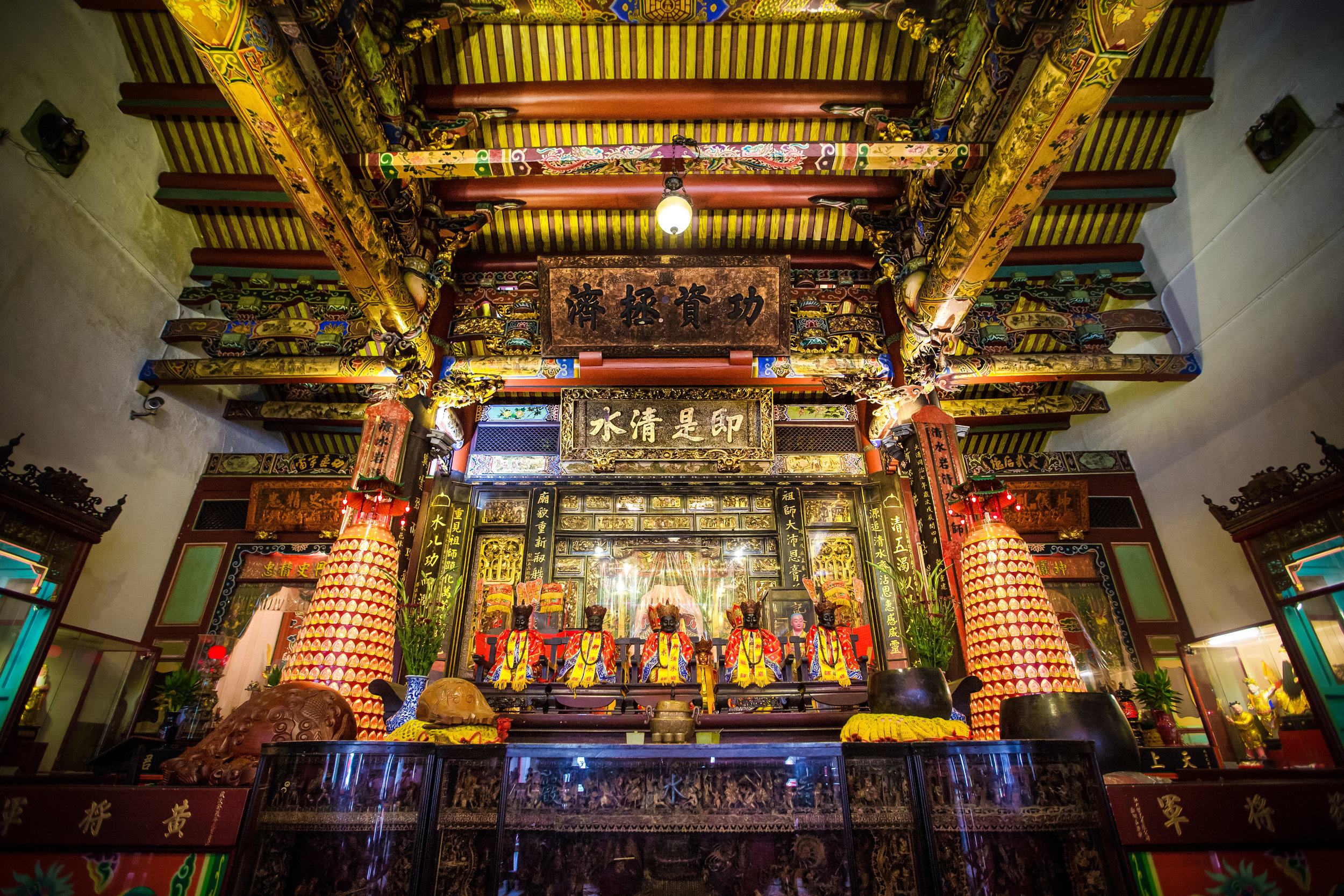The oldest district in the modern metropolis of Taipei goes by many names - To some it is “Bangka” (Báng-kah khu) or “Monga” (艋舺) and to others it is “Wanhua” (萬華區). Whatever you prefer to call the district, it is one of the most important districts in the city and is steeped in history, culture and religion.
Once one of the most prosperous areas in the city due to its proximity to the Xindian River (新店溪), the district served as a centre of commerce for over three hundred years. The area was originally settled by the Pinpu Kaitakela tribe, then Hokkien (閩南人) immigrants from Fujian Province and most recently by Chinese refugees of the civil war.
Bangka is known internationally for its historic sites which include Longshan Temple and the recently refurbished Bopiliao Historic Street (剝皮寮老街). Recent renovations have made the Huaxi Night Market (華西街夜市) a popular place again despite its reputation for once being one of the strangest and seediest places to visit in the city.
Despite a period of economic decline over the last few decades, Bangka is a place on the rise and big things are happening to make the district a much more attractive place for the young people of Taipei to live and work. The election of black-metal-rocker-turned-politician Freddy Lim (林昶佐) as the districts representative sent a clear message that the people of Bangka want change and that the future of the district will rely heavily on the ideas of young people.
Bangka is most well-known today for the history that it displays on all the streets and alleyways of the district. Some of the best places to experience the history of the area however is in its well-preserved temples. The district is known in Taiwan for its 'Big Three Temples' (艋舺三大廟門), each of which have become popular tourist attractions and have been extremely busy places of worship for hundreds of years as well as being designated as cultural and historic relics by the local and central governments.
Note: The temples are actually not all that 'big' but they are considered 'big' in Mandarin due to their historical importance, so I think 'great' might actually be a better translation here.
I've blogged in the past about a few of Bangka's other famous temples which include Longshan Temple (艋舺龍山寺) and Qingshan Temple (艋舺青山宮) but today I will be focusing on another one of the area's most famous residents, the Bangka Qingshui Zushi Temple.
The Bangka Qingshui Temple (艋舺清水巖祖師廟), which was built in 1787 is not only considered one of the 'big three temples' of Bangka, but is also included in the list of the 'Big Three Temples' of Taipei (台北三大廟門) meaning that it is one of the most important temples in the entire city. Because of its age and its importance with relation to early immigrant culture, the temple is protected as one of Taipei's cultural relics (直轄市定古蹟) and has achieved the status as a level three historic site.
The Bangka Qingshui temple is one of three temples in the greater Taipei region that is dedicated to Master Qingshui (清水祖師) with the other two in New Taipei City's Sanxia (三峽) and Tamsui (淡水) district.
Link: Sanxia Qingshui Zushi Temple
Qingshui worship is a cultural tradition that was brought to Taiwan from China's Fujian Province and more specifically from Anxi County (安溪縣) in Quanzhou (泉州) where a lot of Taiwan's earliest Hokkien immigrants hailed from. The Hokkien people were some of the earliest immigrants to come to Taiwan with different groups setting up homes and businesses throughout the island.
Several groups of immigrants settled in the area of Taipei which is now known as Wanhua (萬華) and it quickly became a major port of trade fuelling the development of the city and bringing riches to the immigrants who came to Taiwan for a new start.
Unfortunately, control of the port in Bangka became a contentious issue among the Hokkien residents of the area and in 1853 a violent feud known as the "Ding-Xia feud" (頂下郊拼) erupted between four different groups of immigrants who wanted to control the economy of what was at the time the most prosperous town in northern Taiwan.
Coincidentally, the original Qingshui temple sat in the way of shipping routes and was burnt down as a means to irritate the people from Anxi. The destruction of the temple served as a motivator for the people from Anxi who rose up and swiftly ended the feud.
In the end, the group of immigrants from Tong-An county (同安縣) lost the feud and were forced to relocate out of Bangka.
In retrospect though, losing the feud was ultimately in their best interest as the port area in Bangka eventually became unusable (silt issues) while their new home in Dadaocheng (大稻埕) had an excellent port.
Dadaocheng shortly thereafter took control of shipping in the Taipei basin and became the most economically successful area of the city.
When the hostilities finally ended the community in Bangka got together and collected funds to rebuild the temple to its original state. Reconstruction started in 1867 and took eight years to complete with the reopening taking place in 1875.
It wouldn't be the last time that the temple would have to be renovated, but the main structure that you see today is what was completed over a century and a half ago. Despite the fact that it had to be rebuilt a few decades after its original completion, the temple is said to be the best remaining example of Qing-era temple architecture in Taipei.
Design
The temple design is quite basic and consists of a front hall, a main hall and two corridors on the side. The left corridor leads to a small Buddhist shrine and the rear of the temple while the right corridor leads to some offices used by the temple staff as well as public bathrooms.
The front hall is an open area where there is a small reception desk on each side with an open sky courtyard and an incense urn while the main hall is where people will visit to pray to Master Qingshui. I'm entirely unsure as to whether the main hall is actually "open" to the public or not. There is a gate that prevents people from entering the back part of the main hall area yet I have seen people coming and going on each of my visits. More on that later.
There are two separate shrines set up for Master Qingshui - The first is one that is in front of the gate and consists of three statues of Master Qingshui. Far behind those three statues is a much larger statue of Master Qingshui that you can view from the distance. There are also separate shrines to the sides dedicated to the Goddess Mazu (媽祖), Lord Guan (關帝君), the God of Literature (文昌君) the Earth God (福德正神) and others to the sides.
The temple is said to have seven statues of Master Qingshui, all of which were brought from China as well as being famous for the treasure trove of stone wall carvings found throughout the temple. While a lot of the original structure was destroyed by fire, the stone murals remain the same and seeing the beautiful craftsmanship of immigrant artisans from well over two centuries ago is a really cool experience.
The murals date back to the late 18th and early 19th centuries and have inscriptions referring to the Qing dynasty and Emperor Qianlong (乾隆帝) who was the ruler at that time.
Apart from the stone murals on the walls, its also important to take notice of the two dragon pillars at the entrance of the temple which were carved at the same time as the murals. Today they have a protective covering in front of them in order to preserve them, but they are excellent examples of the ability of the artisans of the time.
During the Japanese colonial era the temple was used as a school and played an important role bringing modern education to the people of Taiwan. The school eventually outgrew the temple and in 1925 became what is today known as the Cheng-Gong High School (臺北市立成功高级中學). Today the temple celebrates the fact that it was once a school and is a leader in promoting education in Taiwan.
Qingshui Worship (清水祖師)
Master Qingshui (清水祖師) was a Buddhist monk who lived over 1500 years ago. Official records record that he was born in the year 1047 and died in 1101 at the age of 54. He was born with the name Chen Zhaoying (陳昭應) in Anxi County (安溪縣), Quanzhou (泉州) during the Northern Song Period (宋朝).
In life the monk was credited with being so highly skilled in Chan Buddhist (禪) doctrine that he eventually gained supernatural skills and was able to use those skills to end a terrible drought that plagued the people of Anxi by simply walking from village to village bringing with him rain.
Thanks to these 'supernatural' skills and the fact that he was credited with saving the people from certain starvation, temples were built in his honour which elevated his status as a simple Buddhist monk to that of a folk-hero, a patron saint for the people of Anxi county and a deified person within Chinese Folk Religion.
Some may find it strange that while Qingshui was an accomplished Buddhist master that today he is more widely revered as a Chinese folk religion deity - This intermixing however is not uncommon with Chinese history and religion. If someone was thought to have performed any sort of miracle, they could later become deified for that action.
While there are many figures throughout Chinese history who have become deified like this and are universally recognized, Master Qingshui is a regional figure and is most important to the Hokkien people who originally came from the coastal Fujian province of China.
Today, worship of Master Qingshui is most common here in Taiwan thanks to the immigrants who brought with them their culture and traditions and were able to cultivate them and practice them over the past few centuries without fear of reprisal.
Master Qingshui was a simple Buddhist monk in life, but in death became a folk-hero and defied within local folk-religion. The hero status achieved by Qingshui and the legends of his exploits allowed for him to become a protector deity for the people from his home of Anxi County. As a protector deity his temple helped to bring together the Hokkien immigrants who came to Taiwan and gave them a sense of community.
When you see images of Master Qingshui you may wonder why he appears with a 'black face' and even sometimes missing a nose. Over the centuries Qingshui has earned the nicknames "black faced ancestor" (烏面祖師公) as well as the hard to translate "dropping nose ancestor" (落鼻祖師公) which are the result of a few interesting myths surrounding his exploits.
Black Faced Ancestor (烏面祖師公)
Master Qingshui earned his nickname as the "Black Faced Ancestor" thanks to the legends which were told of his life after he had passed away. The "black face" comes from a story that people told of an experience Master Qingshui had while meditating alone on a mountain. While meditating the mountain came under attack from ten demons who thought it would be fun to burn him alive while he sat there.
For seven days and seven nights the master sat there calmly while engulfed in flames, yet due to his strong faith and meditation skills, only his face was burnt and the rest of his body was unharmed. Four of the demons were so impressed with his skills that they decided to become followers of the master and serve as guardians at temples in his honour.
As far as legends go, this one isn't really that far fetched and is similar to a lot of myths of the 'trials and tribulations' of other prophets or religious leaders or prophets.
The lasting effects of his legend however is that whenever you see an image of Master Qingshui today, his face is black.
Dropping Nose Ancestor (落鼻祖師公)
Legend has it that whenever a natural disaster is about to occur, a statue of Master Qingshui will suddenly lose its nose in an attempt to warn people of the impeding calamity. It has thus become quite common to see statues in Qingshui temples around Taiwan with nose-less faces. For foreigners it probably seems really random that a god would suddenly lose his nose in an attempt to warn people of disaster but that is probably what makes legends so interesting.
Besides, I seem to remember my parents telling me when I was young that if I lied, my nose would grow longer.
Its important to remember that in life Master Qingshui was renowned for his efforts to save people from drought and disaster, so it probably shouldn't be a surprise that even now he is still trying to save people.
This temple is old, full of history and is considered one of the most important places of worship in the city, but no matter how many great things I tell you about it, I'm not going to lie and tell you that this is a great place to visit, nor is it a popular 'tourist attraction' like Longshan, Bao-An or the City God temple are. The people who work/volunteer in the temple are not very friendly and from my visits over the years I've found are actually not very welcoming to tourists.
For example, on one of my trips to the temple I had set out to get a shot of a stone carving on one of the walls which happened to be a cultural relic from the Qing dynasty. The problem was that it was behind a barrier and a chair was blocking it.
I asked the lady working at the temple if I could go past the barrier (its not actually a barrier, its just a small gate that temple worshippers commonly walk through). She promptly replied "no", so I asked if she could at least move the chair so I could get a shot of the relic.
She replied "I'm busy" and went back to watching television. The next time I visited I tried again as there was a different person by the gate. I asked him if I could get in to get a shot and he promptly replied "No foreigners“ and went back to smoking his cigarette.
I'm not really sour that I wasn't allowed past the gate, but I hear the "No Foreigners" thing, it rubs me the wrong way and makes me feel unwelcome. I speak fluent Mandarin, I'm not sure how a tourist would feel under the same circumstances. Besides, people are free to come and go as they please through the gate and I was polite enough to ask permission but was still rudely refused.
I suppose you might think this is some sort of white privilege thing, but when it comes to temples, I know what I'm doing and have never had this type of experience before.
This temple is a historical relic and deserves appreciation, but as of now its not the kind of place that I'd recommend tourists to visit. There are so many other beautiful temples in the city to visit where tourists are welcome and encouraged to visit.
You can learn so much about Taiwan and its culture by visiting temples, so its up to you whether or not you want to visit this one. If you do visit, be polite and enjoy it. I hope your experience will be different than the ones I had while visiting and I hope that at some point the temple staff realizes that the way they treat tourists probably reflects on the fact that the temple is not as busy as it should be.
Gallery / Flickr (High Res Shots)
